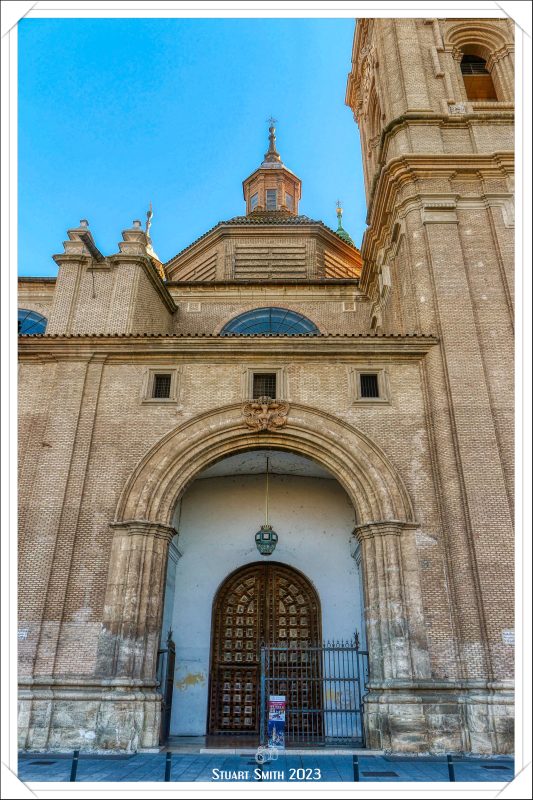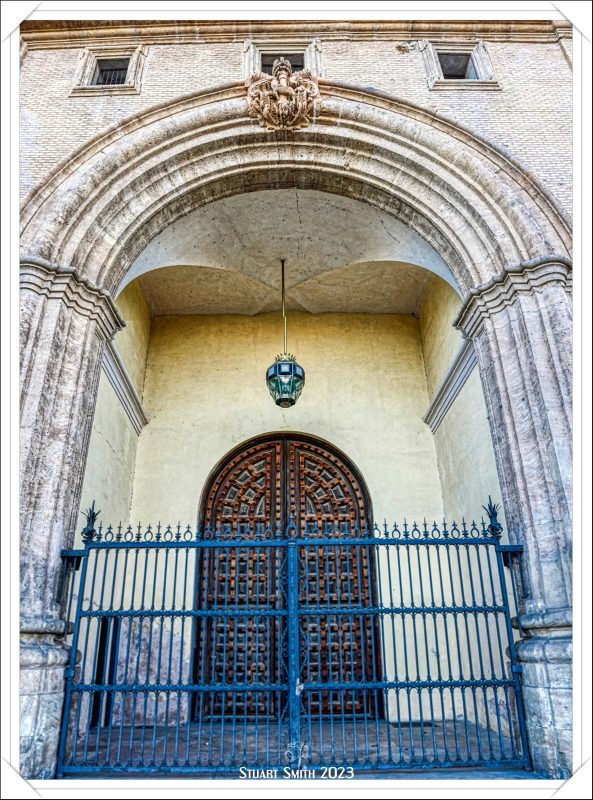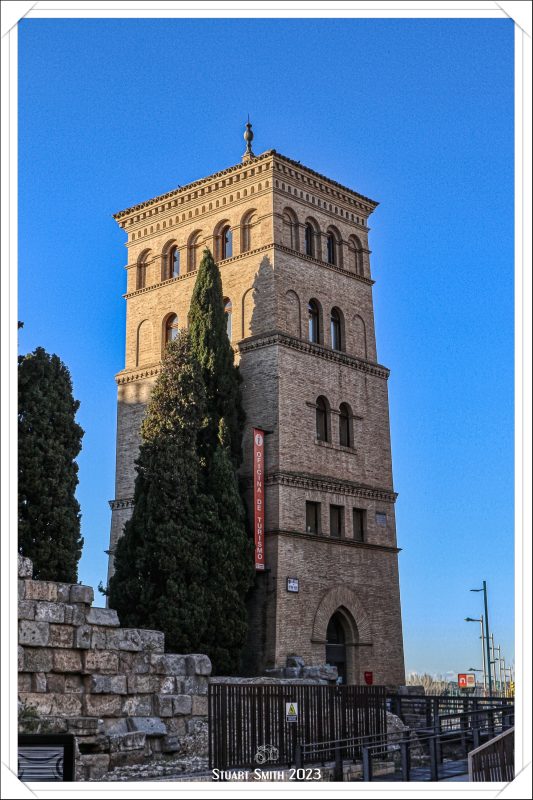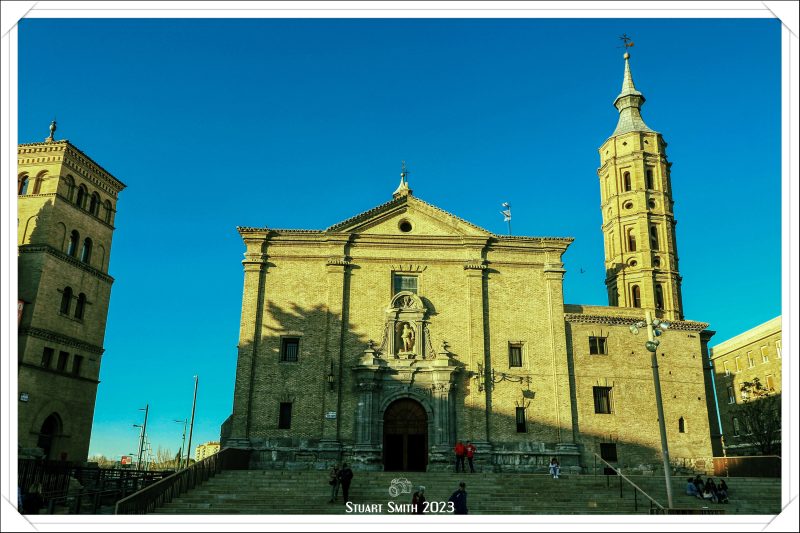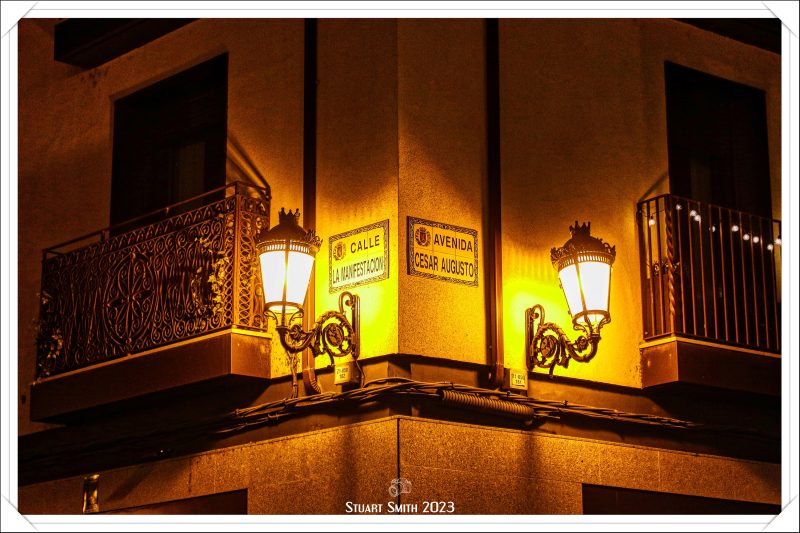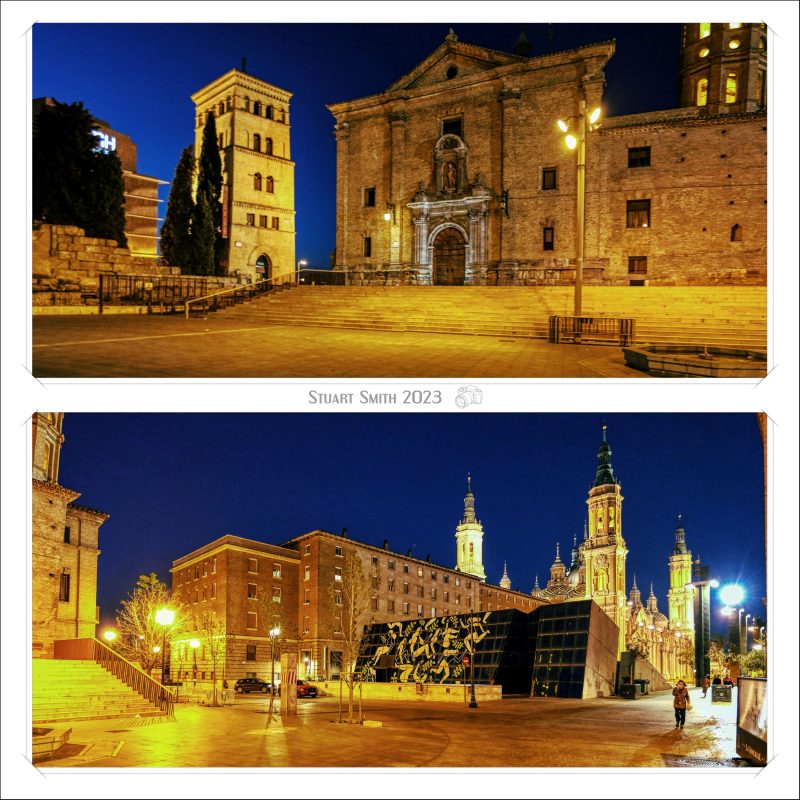Lunch was at Kirkby Stepehen and then on to Haydon Bridge

 “Mango Tree” Indian Restaurant, Market Square, Kirkby Stephen, Cumbria, England UK
“Mango Tree” Indian Restaurant, Market Square, Kirkby Stephen, Cumbria, England UK

 The Cloisters, Market Square, Kirkby Stephen, Cumbria, England UK
The Cloisters, Market Square, Kirkby Stephen, Cumbria, England UK
This is the entrance to St Stephen’s Church
 Churchyard Gate, St Stephen’s Church, Kirkby Stephen, Cumbria, England UK
Churchyard Gate, St Stephen’s Church, Kirkby Stephen, Cumbria, England UK
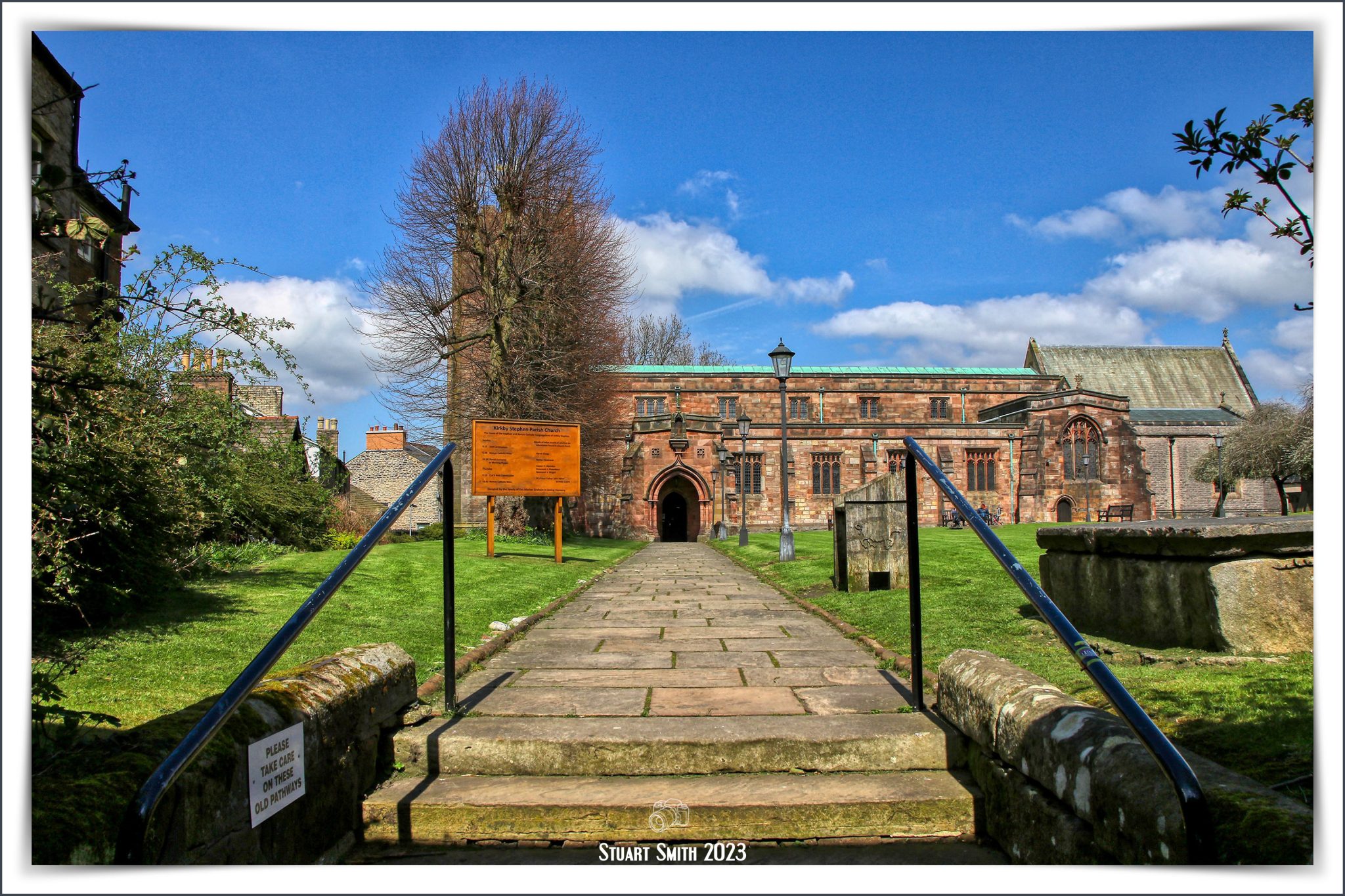 St Stephen’s Church, Kirkby Stephen, Cumbria, England UK
St Stephen’s Church, Kirkby Stephen, Cumbria, England UK
Church of England (probably dedicated to more than one saint originally).
Rebuilt c1230 with later additions and alterations.

 War Memorial, Market Square, Kirkby Stephen, Cumbria, England UK
War Memorial, Market Square, Kirkby Stephen, Cumbria, England UK
Kirkby Stephen War Memorial commemorates 48 local servicemen who fell in the First World War and 12 men who fell in the Second World War. Dedicated 8 July 1920 & again 11 March 1967 following damage caused by a severe storm in 1966.


 Harthope Quarry, Harthope Road, Ireshopeburn, Bishop Auckland , County Durham, England UK
Harthope Quarry, Harthope Road, Ireshopeburn, Bishop Auckland , County Durham, England UK

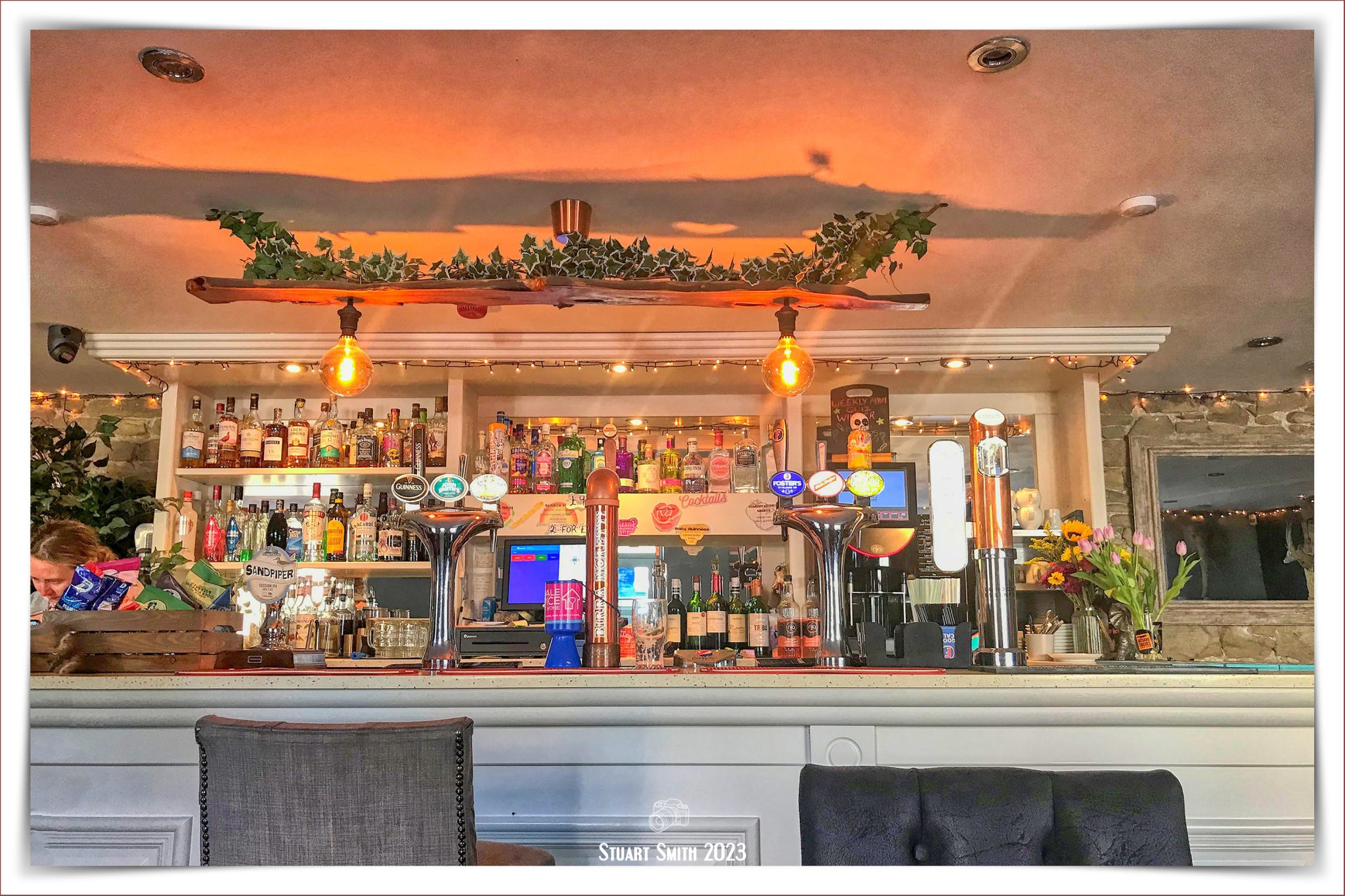 The Bar, Railway Hotel, Church Street, Haydon Bridge, Northumberland, England UK
The Bar, Railway Hotel, Church Street, Haydon Bridge, Northumberland, England UK

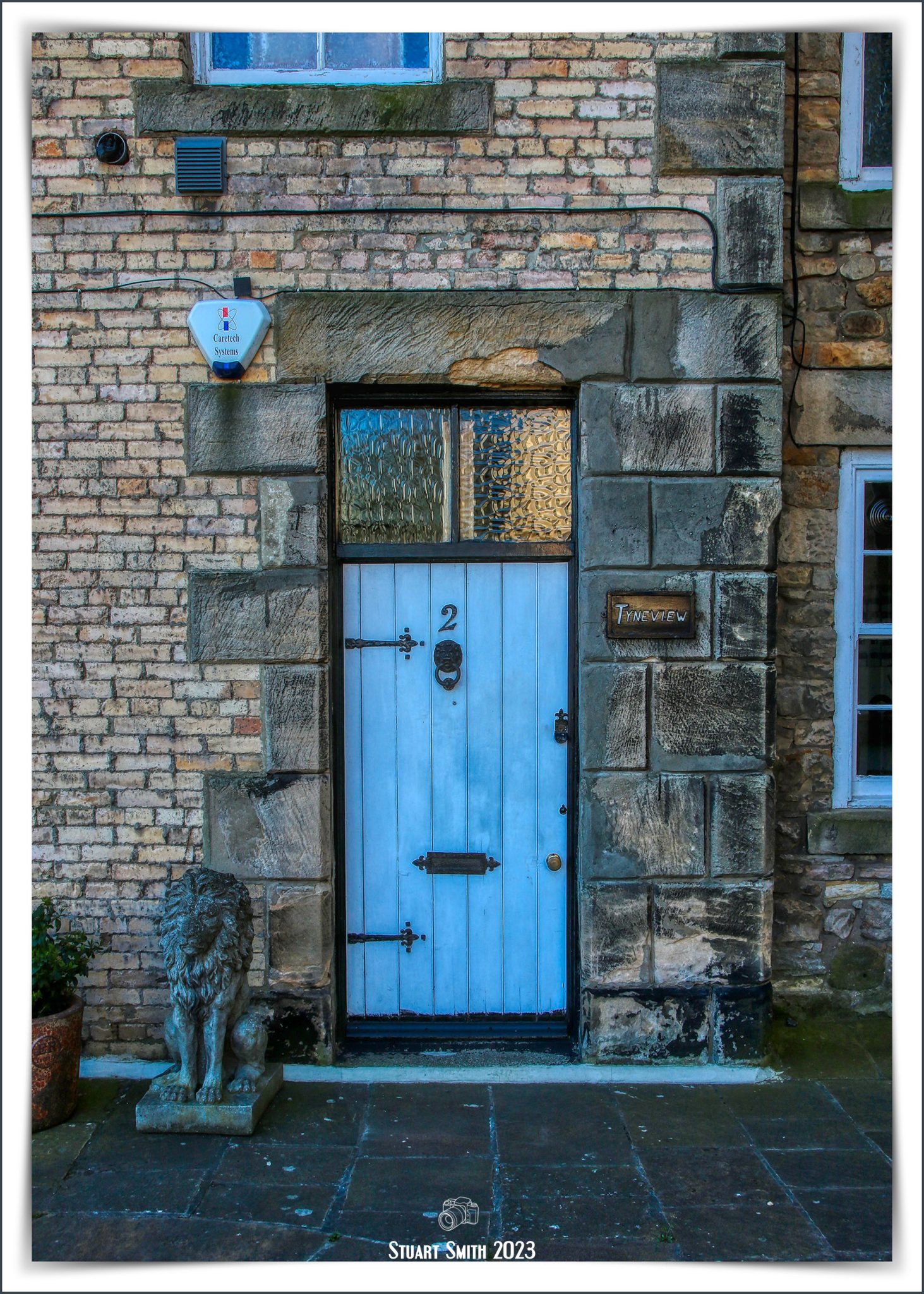 “Tyneview”, 2 Ratcliffe Road, Haydon Bridge, Northumberland, England UK
“Tyneview”, 2 Ratcliffe Road, Haydon Bridge, Northumberland, England UK


 Colour Image …………… Black & White Image
Colour Image …………… Black & White Image
The General Havelock, Ratcliffe Road, Haydon Bridge, Northumberland, England UK
Originally called The Three Tuns, an 18c building it was renamed the General Havelock Inn after the Indian Army Major General Sir Henry Havelock and is now a famous restaurant.

 Alley, Ratcliffe Road, Haydon Bridge, Northumberland, England UK
Alley, Ratcliffe Road, Haydon Bridge, Northumberland, England UK
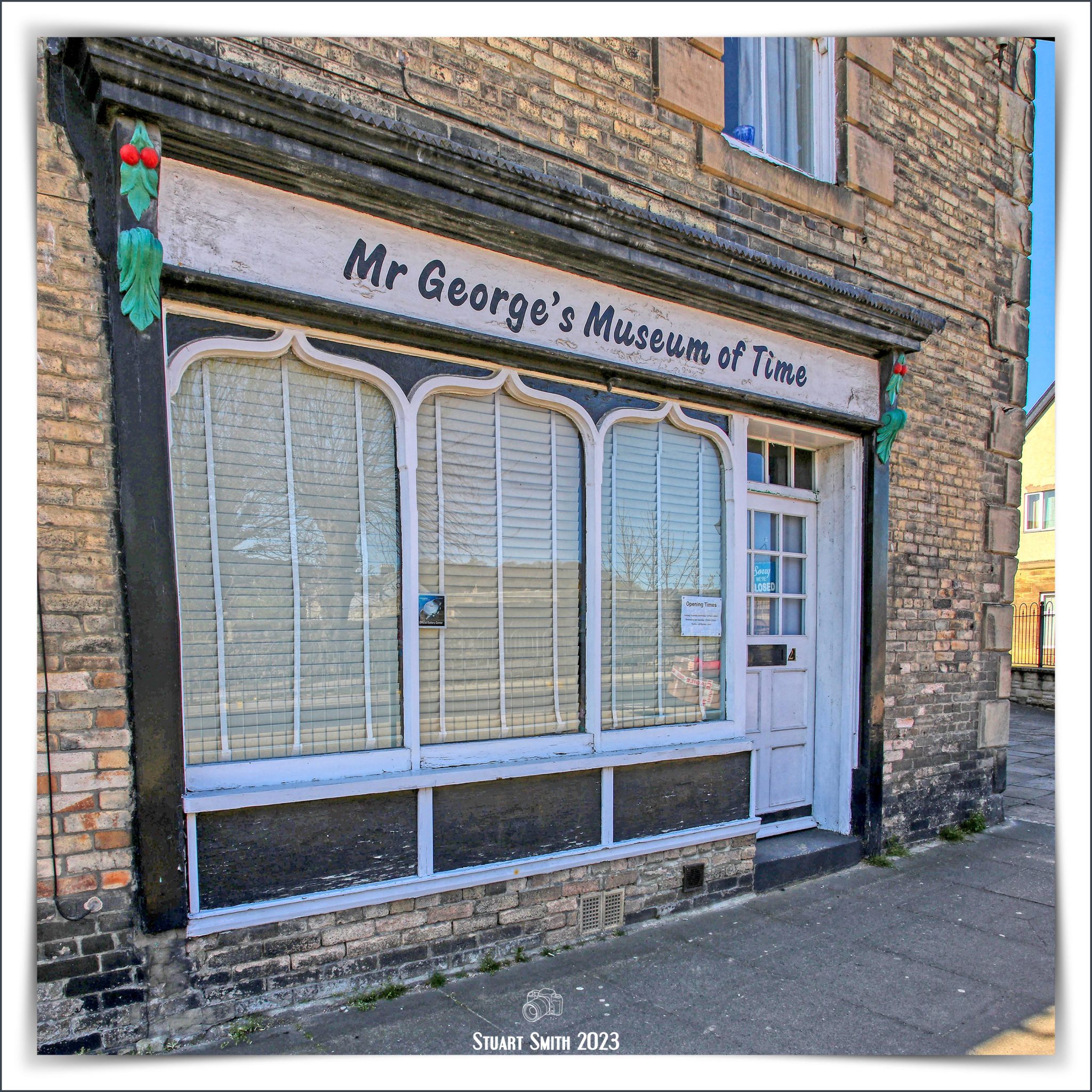 Mr George’s Museum Of Time, Ratcliffe Road, Haydon Bridge, Northumberland England UK
Mr George’s Museum Of Time, Ratcliffe Road, Haydon Bridge, Northumberland England UK

 Residential Block, Ratcliffe Road, Haydon Bridge, Northumberland, England UK
Residential Block, Ratcliffe Road, Haydon Bridge, Northumberland, England UK
Read the Blue Plaque:



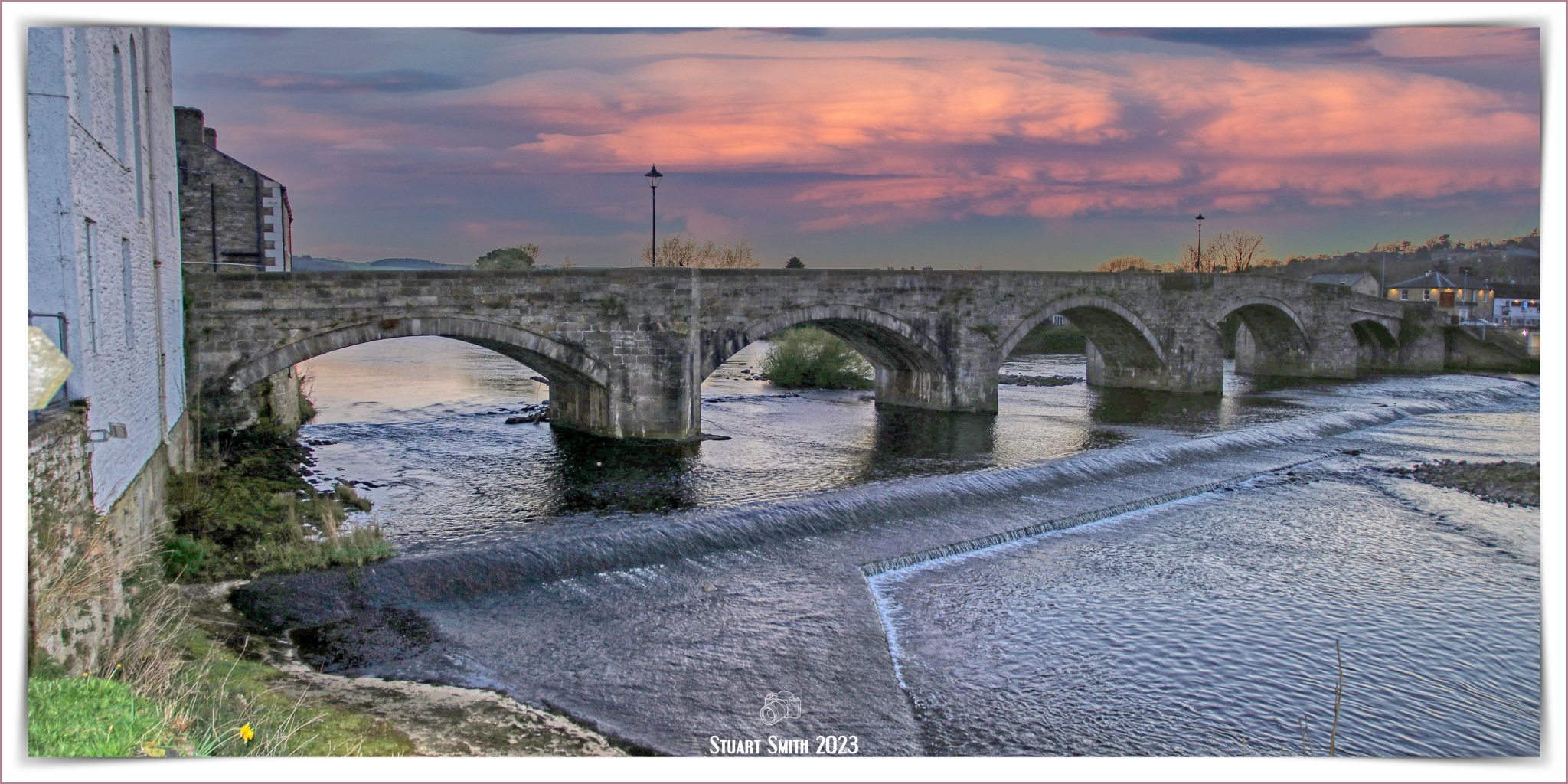 Old Bridge, River South Tyne, Haydon Bridge, Northumberland, England UK
Old Bridge, River South Tyne, Haydon Bridge, Northumberland, England UK
The first bridge at Haydon Bridge was built in around 1309, but following the flood of 1771, it had to be rebuilt in 1776. Following structural surveys it ceased to be used by cars and converted to footbridge use only in 1970. It is listed as a Grade II building by Historic England
This now a dedicated pedestrian bridge.

 River South Tyne, Haydon Bridge, Northumberland, England UK
River South Tyne, Haydon Bridge, Northumberland, England UK

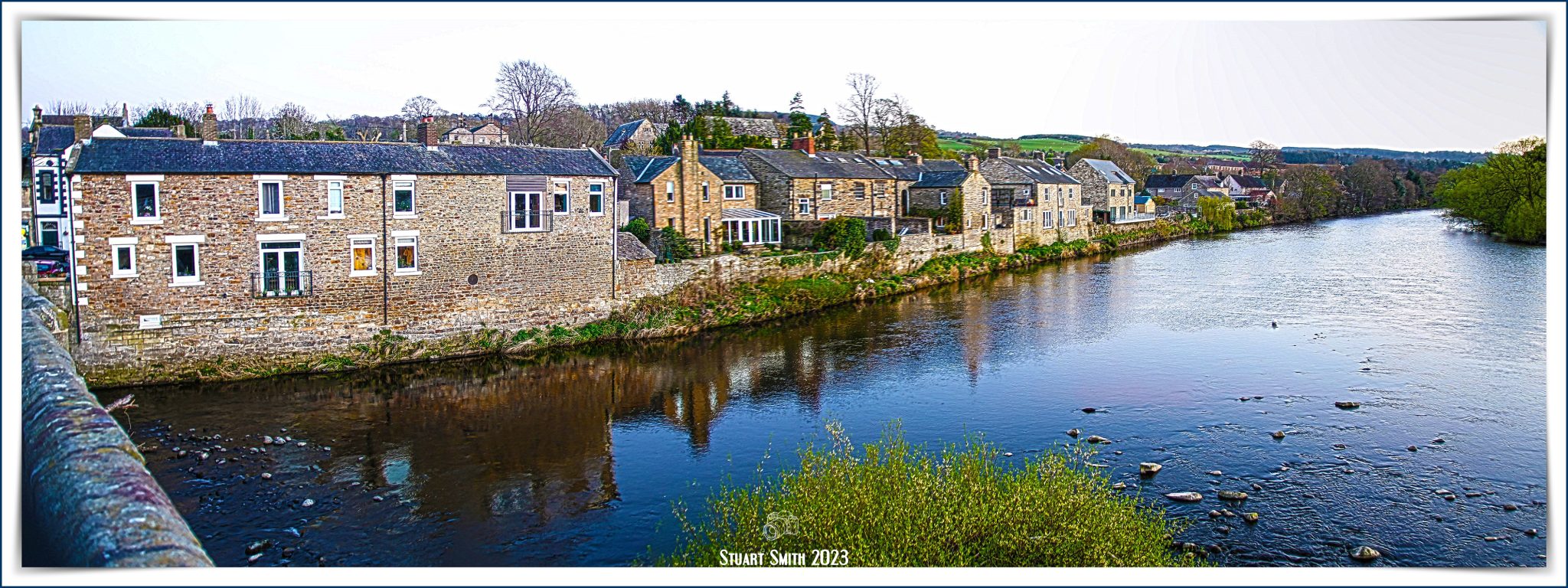
 North Bank, River South Tyne, Haydon Bridge, Northumberland, England UK
North Bank, River South Tyne, Haydon Bridge, Northumberland, England UK

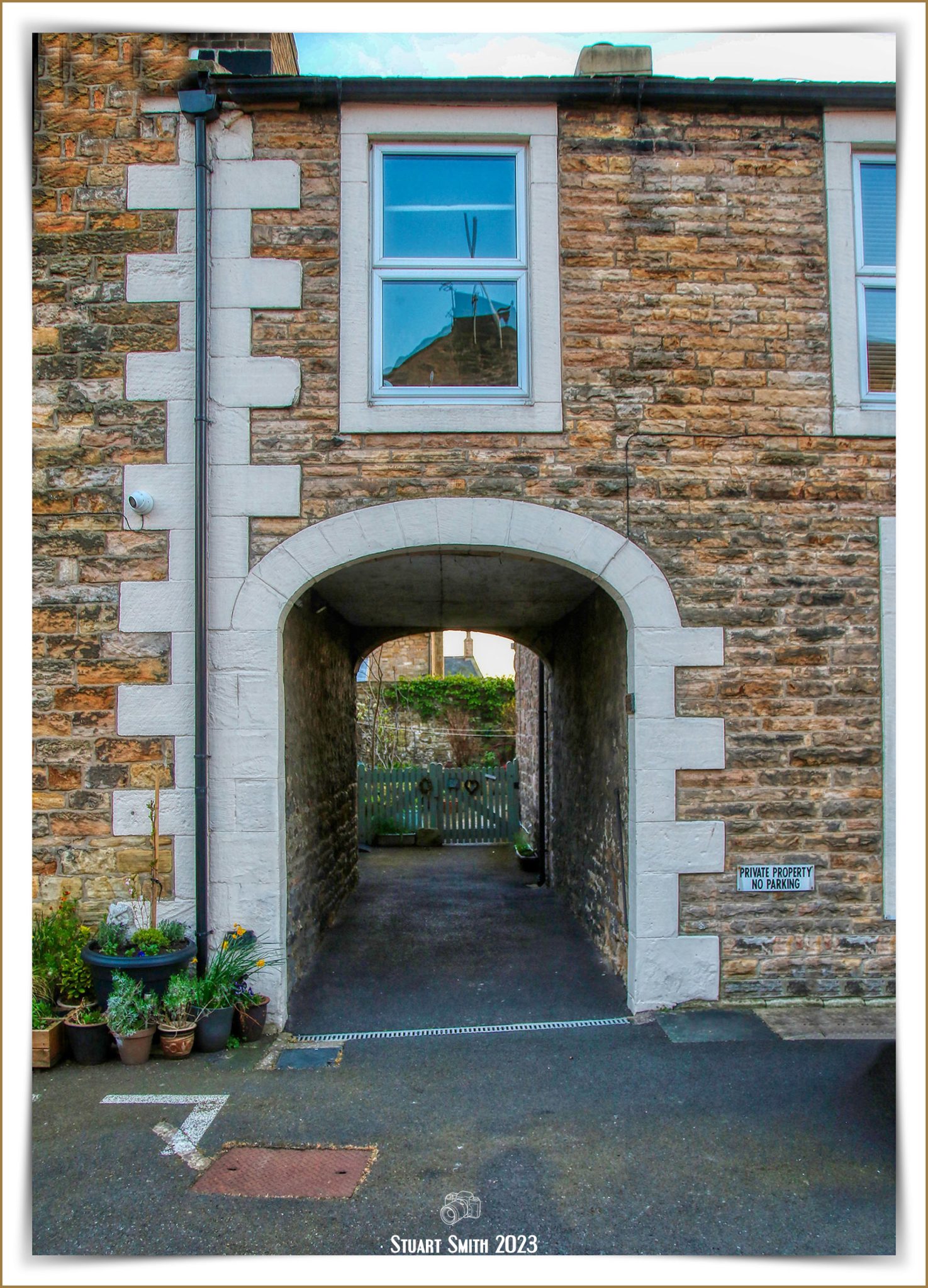 Archway, Shaftoe’s Guest House, Shaftoe Street, Haydon Bridge, Northumberland, England UK
Archway, Shaftoe’s Guest House, Shaftoe Street, Haydon Bridge, Northumberland, England UK


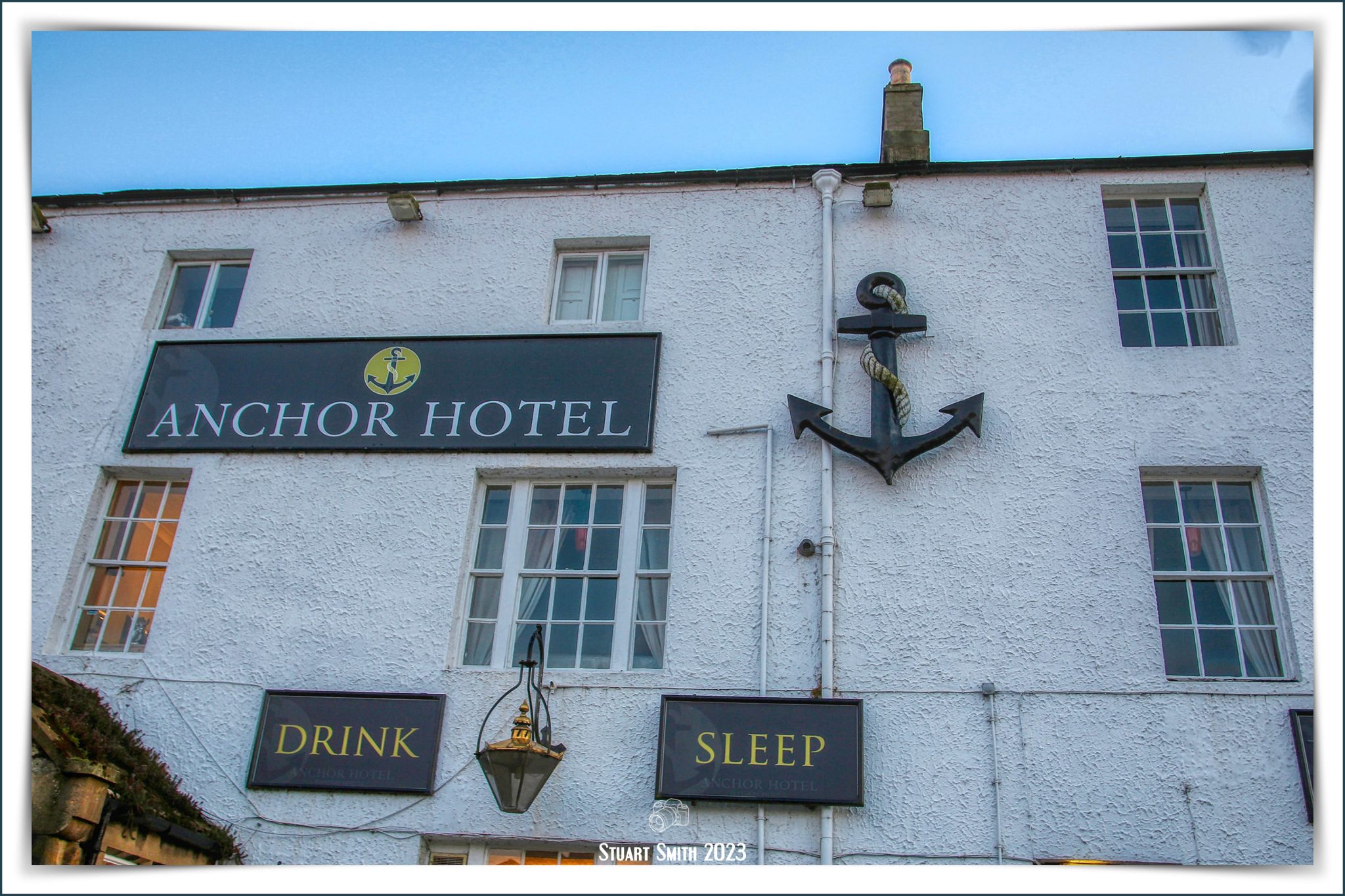
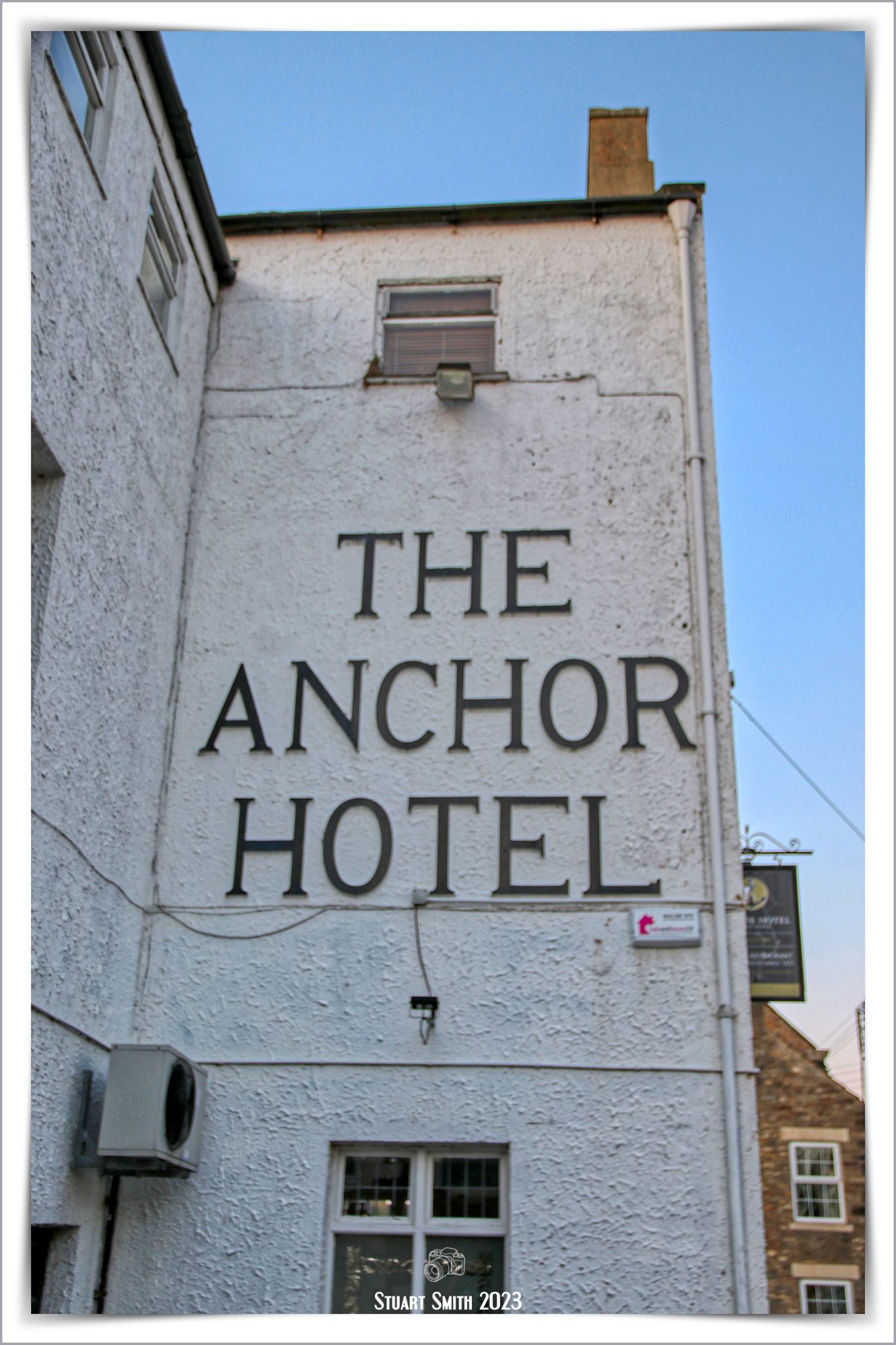
 The Anchor Hotel, John Martin Street, Haydon Bridge, Northumberland, England UK
The Anchor Hotel, John Martin Street, Haydon Bridge, Northumberland, England UK

 Rear Gate, “Labuan” Cottage, John Martin Street, Haydon Bridge, Northumberland, England UK
Rear Gate, “Labuan” Cottage, John Martin Street, Haydon Bridge, Northumberland, England UK

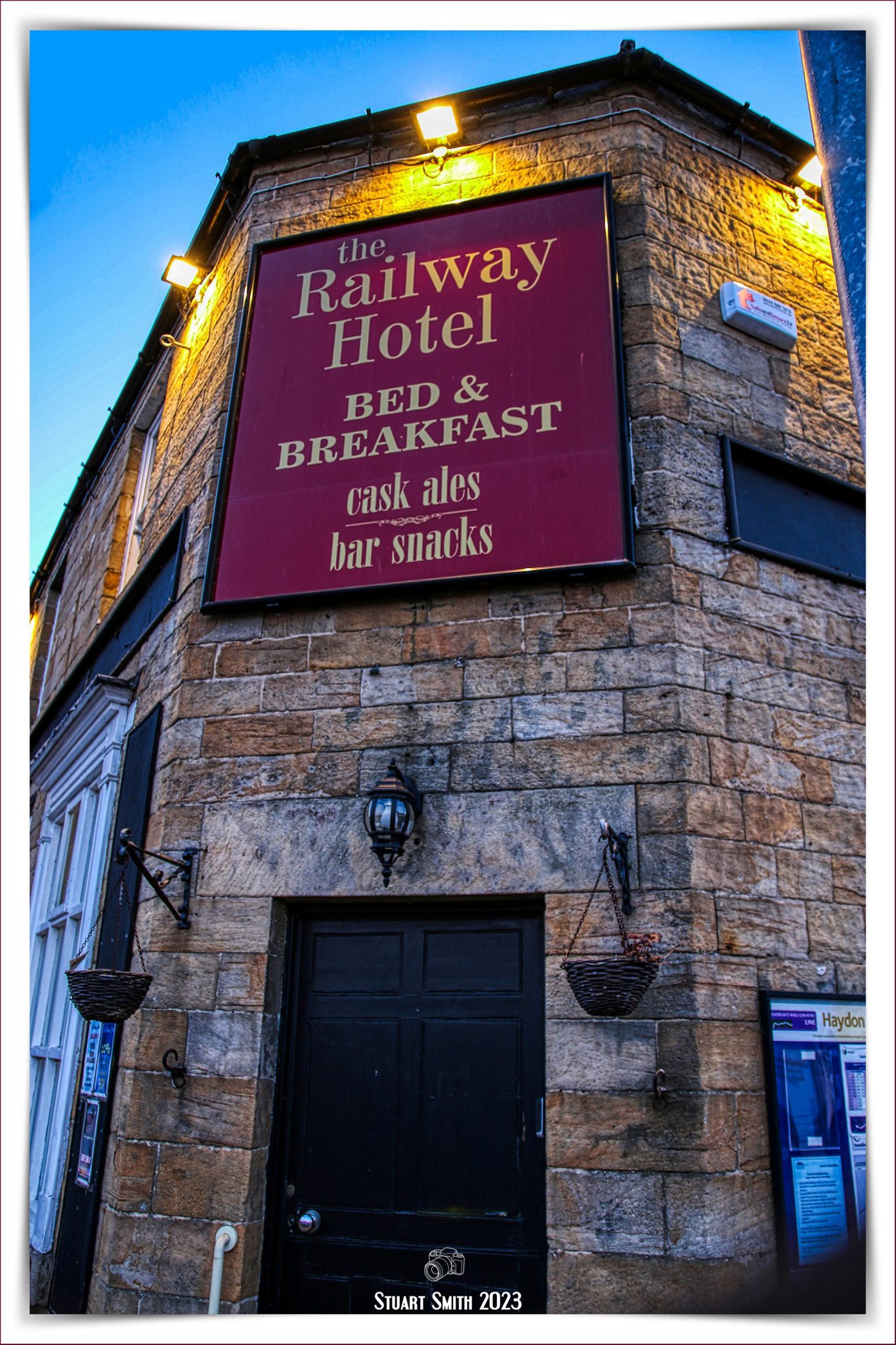 The Railway Hotel, Church Street, Haydon Bridge, Northumberland, England UK
The Railway Hotel, Church Street, Haydon Bridge, Northumberland, England UK
This is where we spent a few nights whilst in Haydon Bridge

 War Memorial, Church Street, Haydon Bridge, Northumberland, England UK
War Memorial, Church Street, Haydon Bridge, Northumberland, England UK
Dedicated 21 September 1921




 St Cuthbert’s Church, Church Street, Haydon Bridge, Northumberland, England UK
St Cuthbert’s Church, Church Street, Haydon Bridge, Northumberland, England UK
Grade II Listed Building. The church was erected by the Greenwich Hospital Commissioners in 1796. The north transept was added in 1869 to accommodate children from the Shaftoe Trust School.
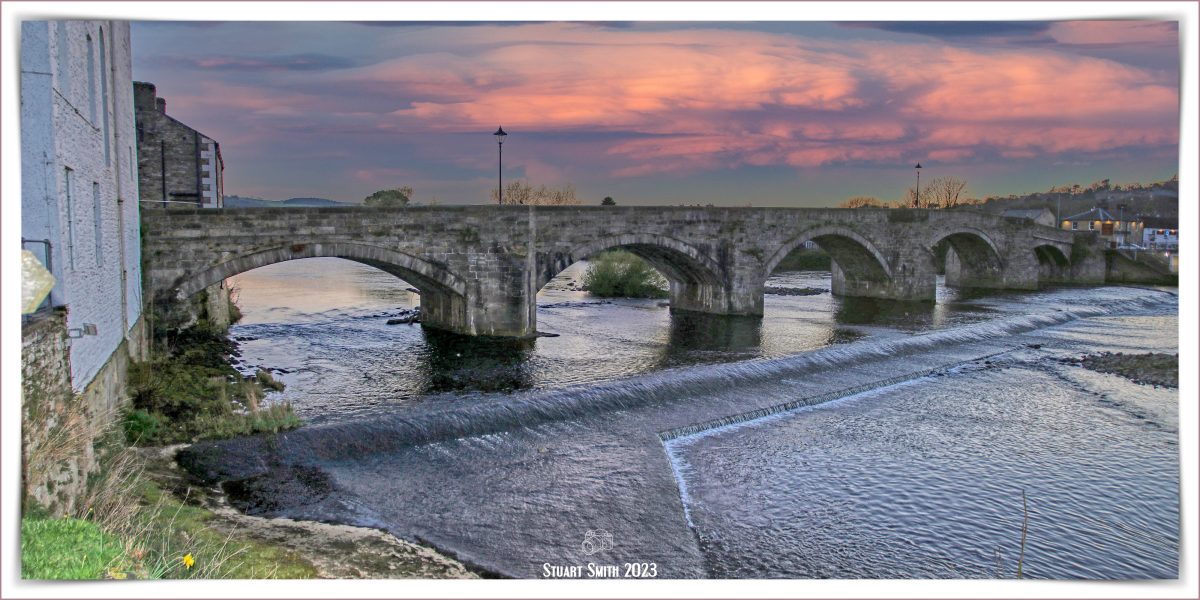





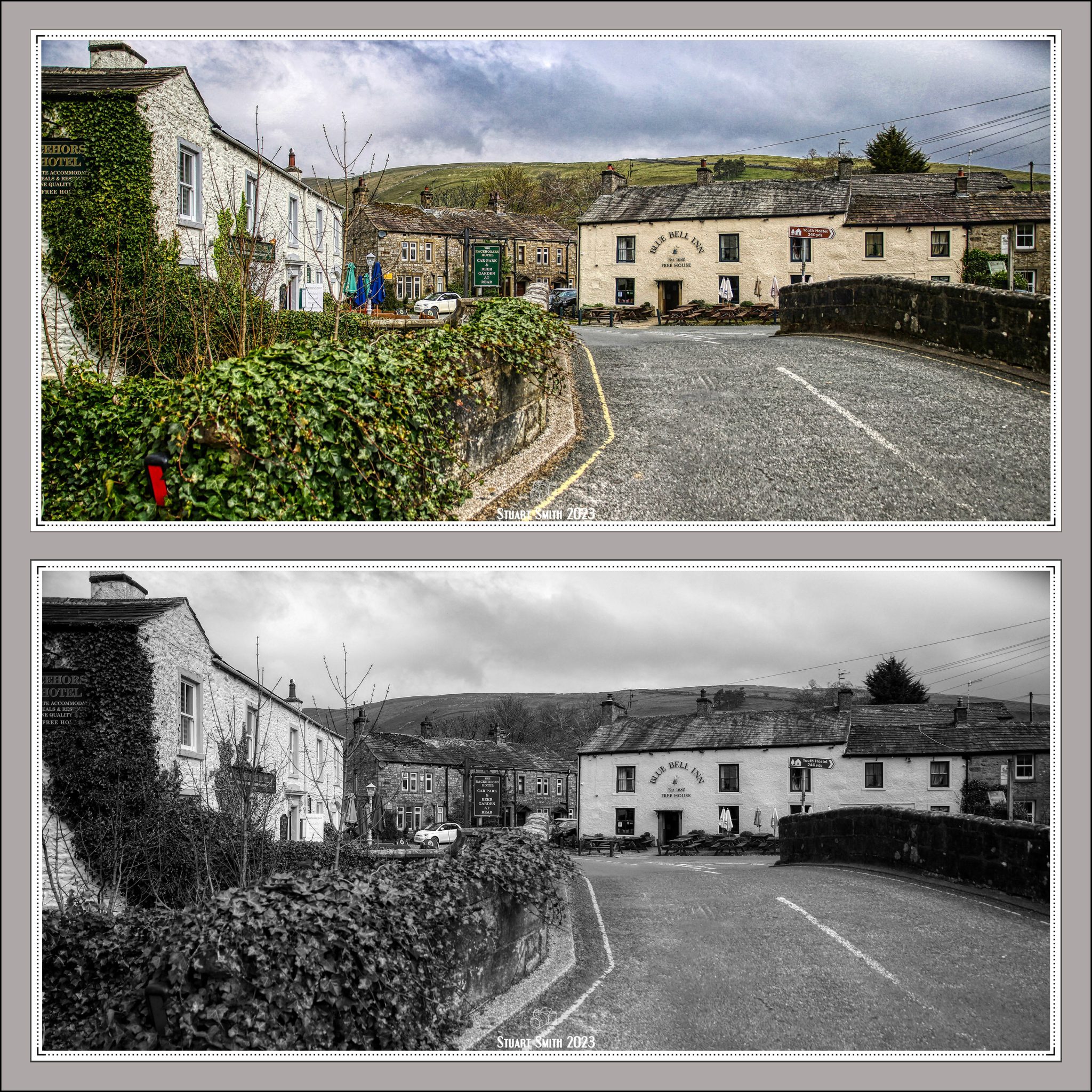







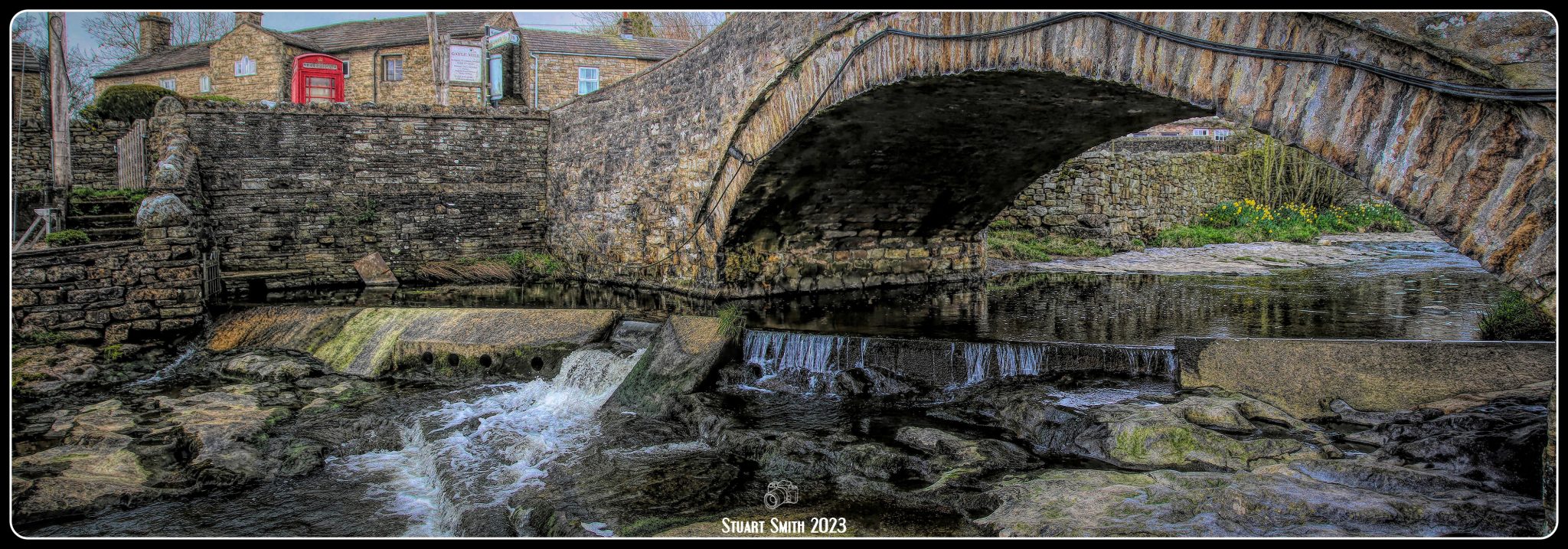









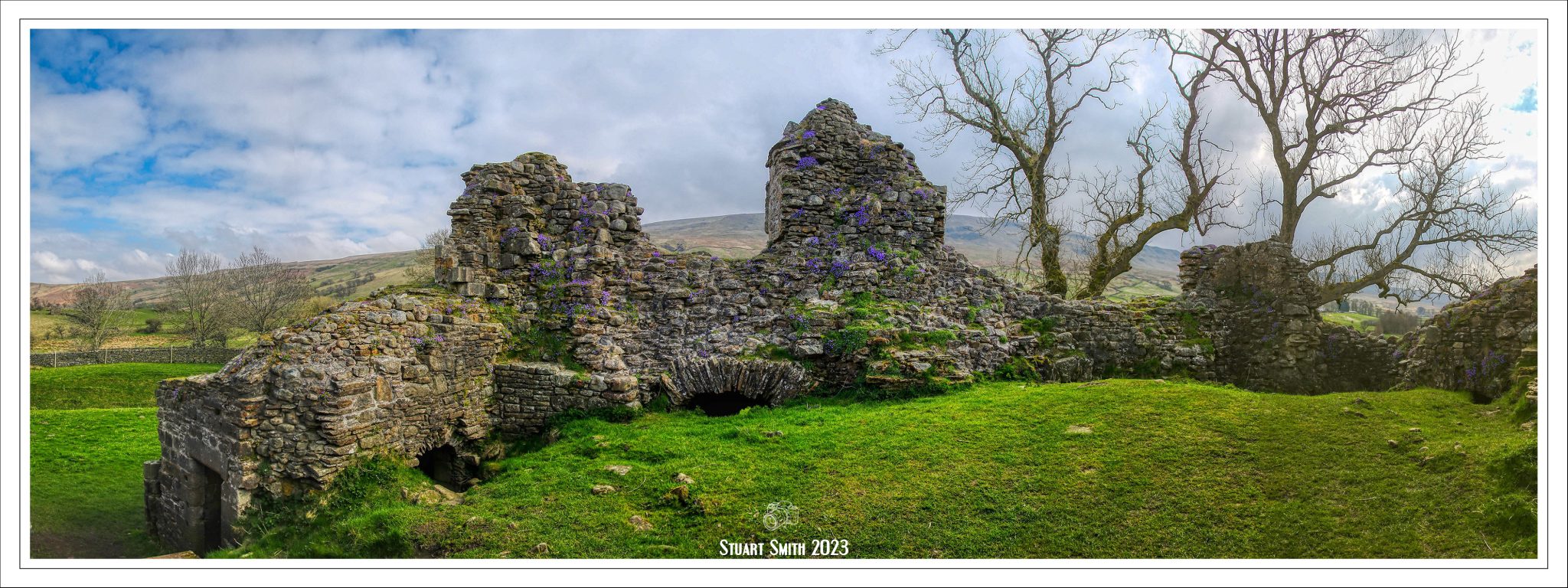

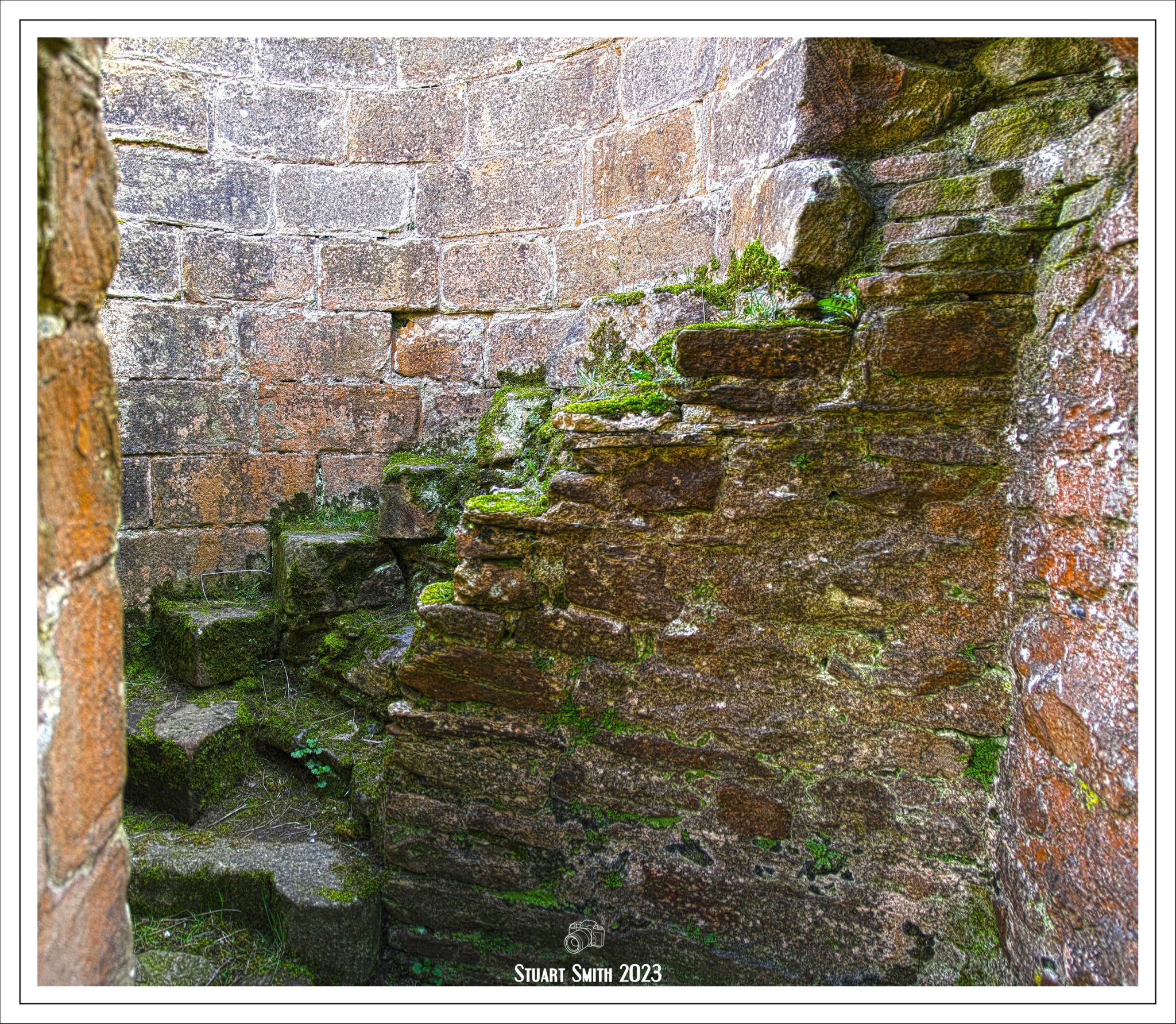




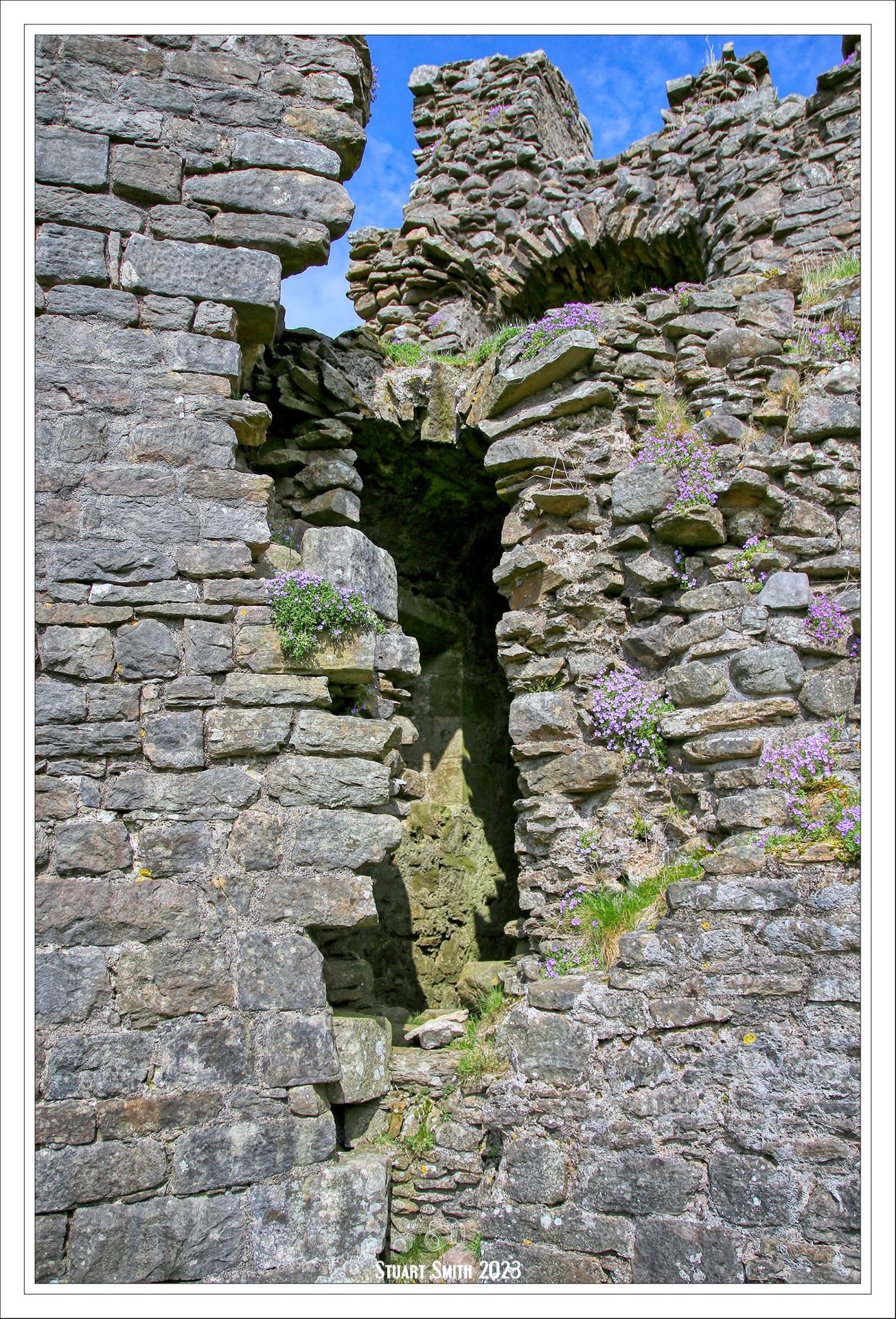








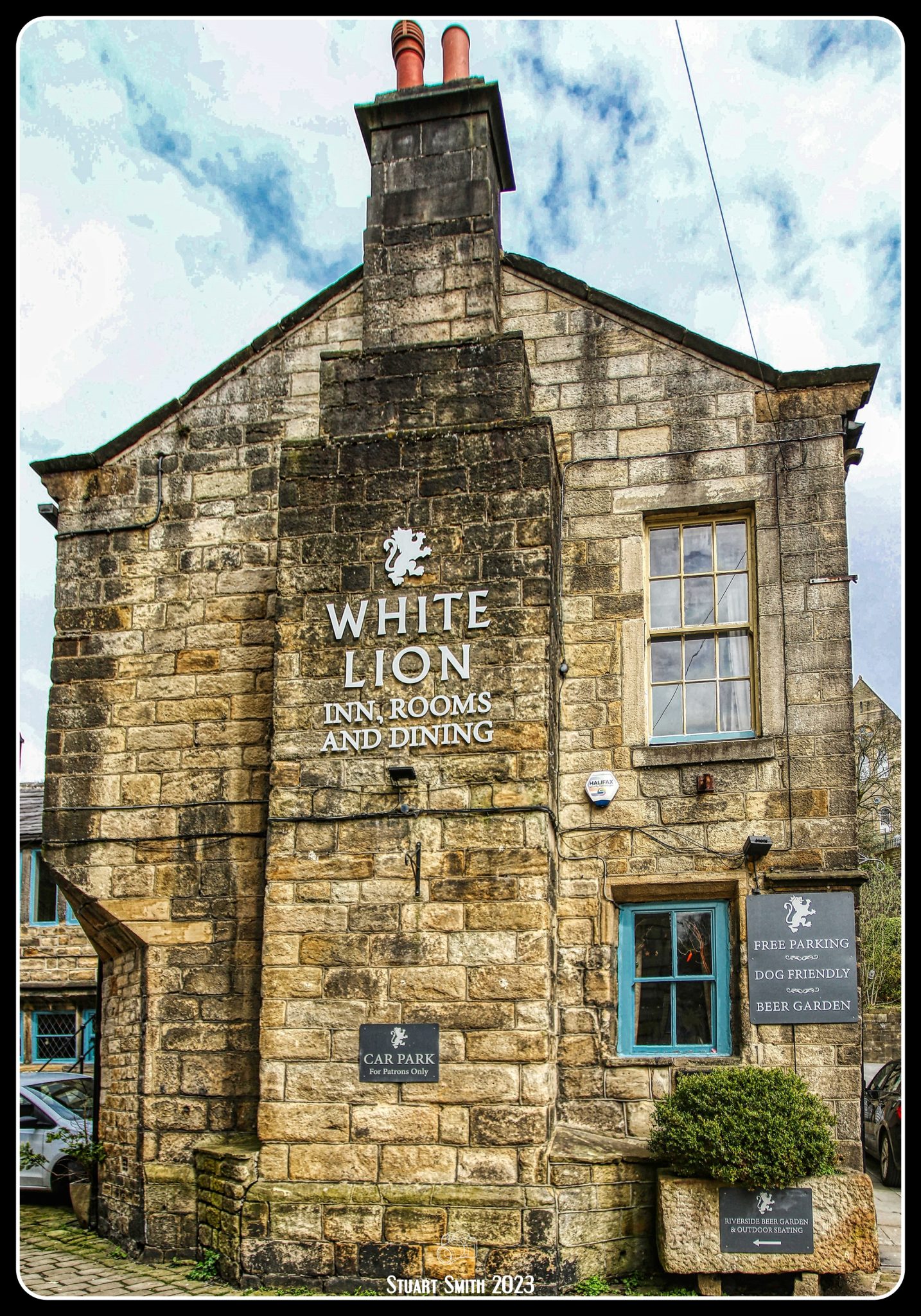


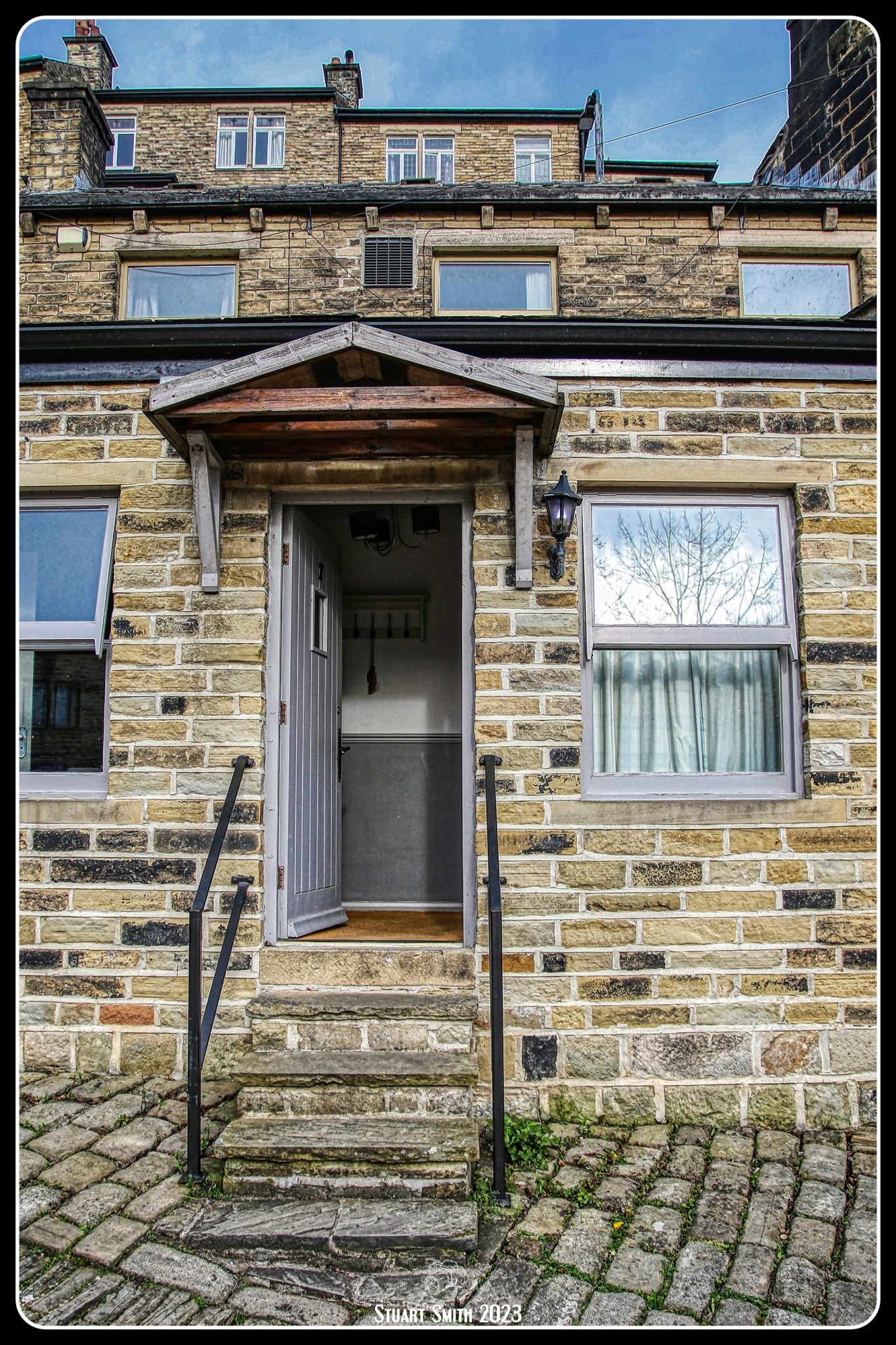



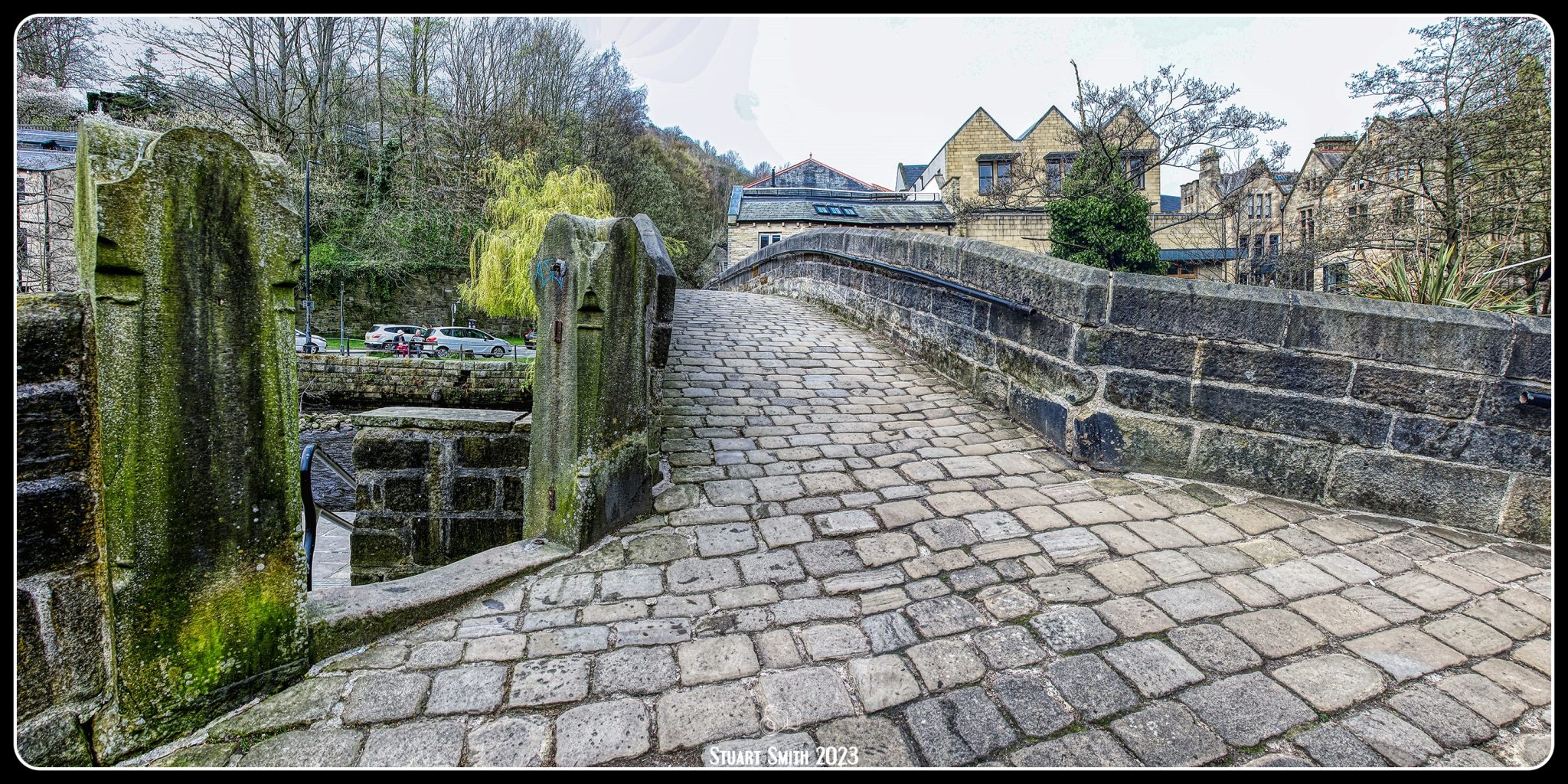





 Hebden Old Bridge, Hebden Water, Bridge Gate, Hebden Bridge, West Yorkshire, England UK
Hebden Old Bridge, Hebden Water, Bridge Gate, Hebden Bridge, West Yorkshire, England UK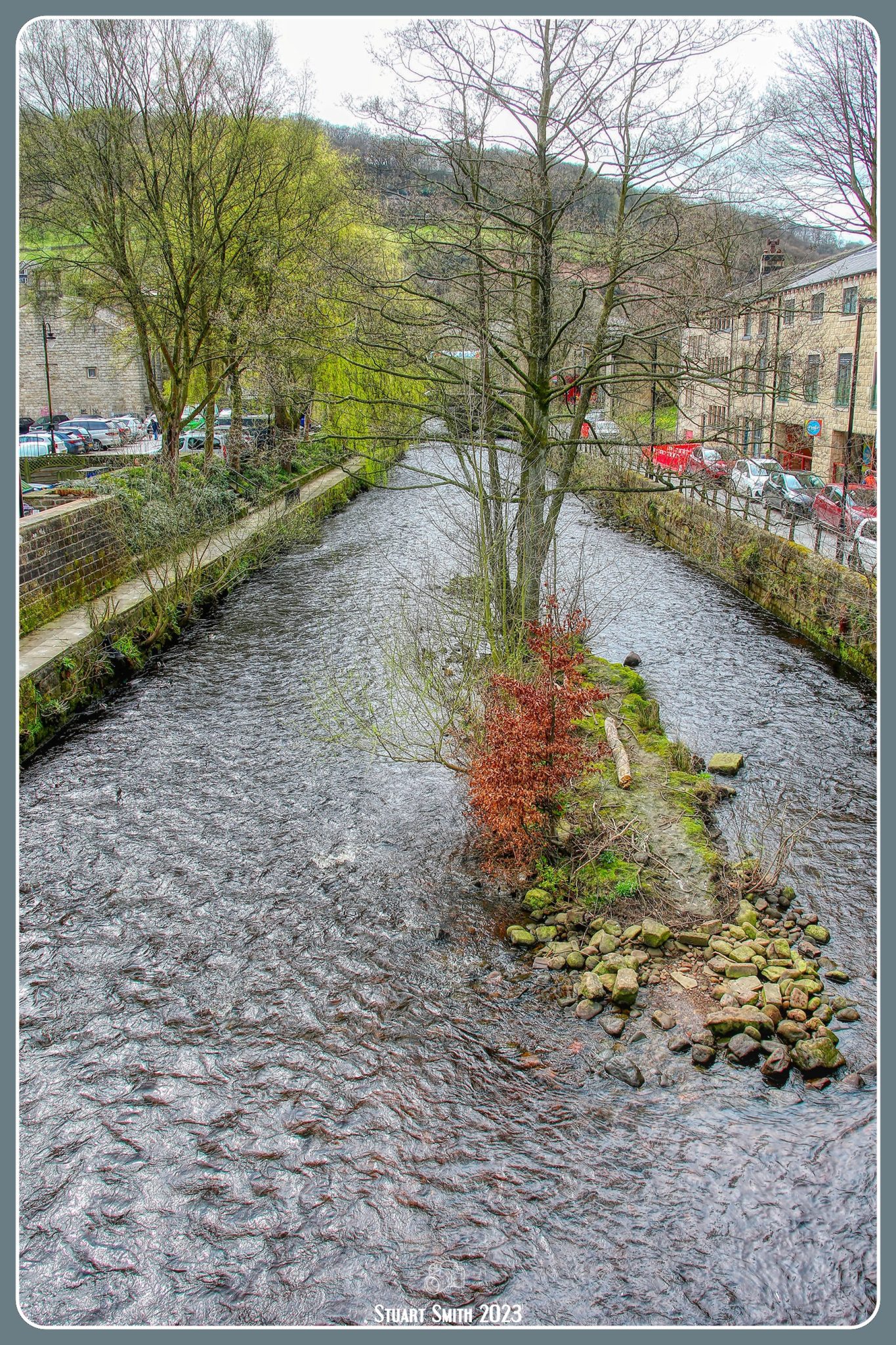

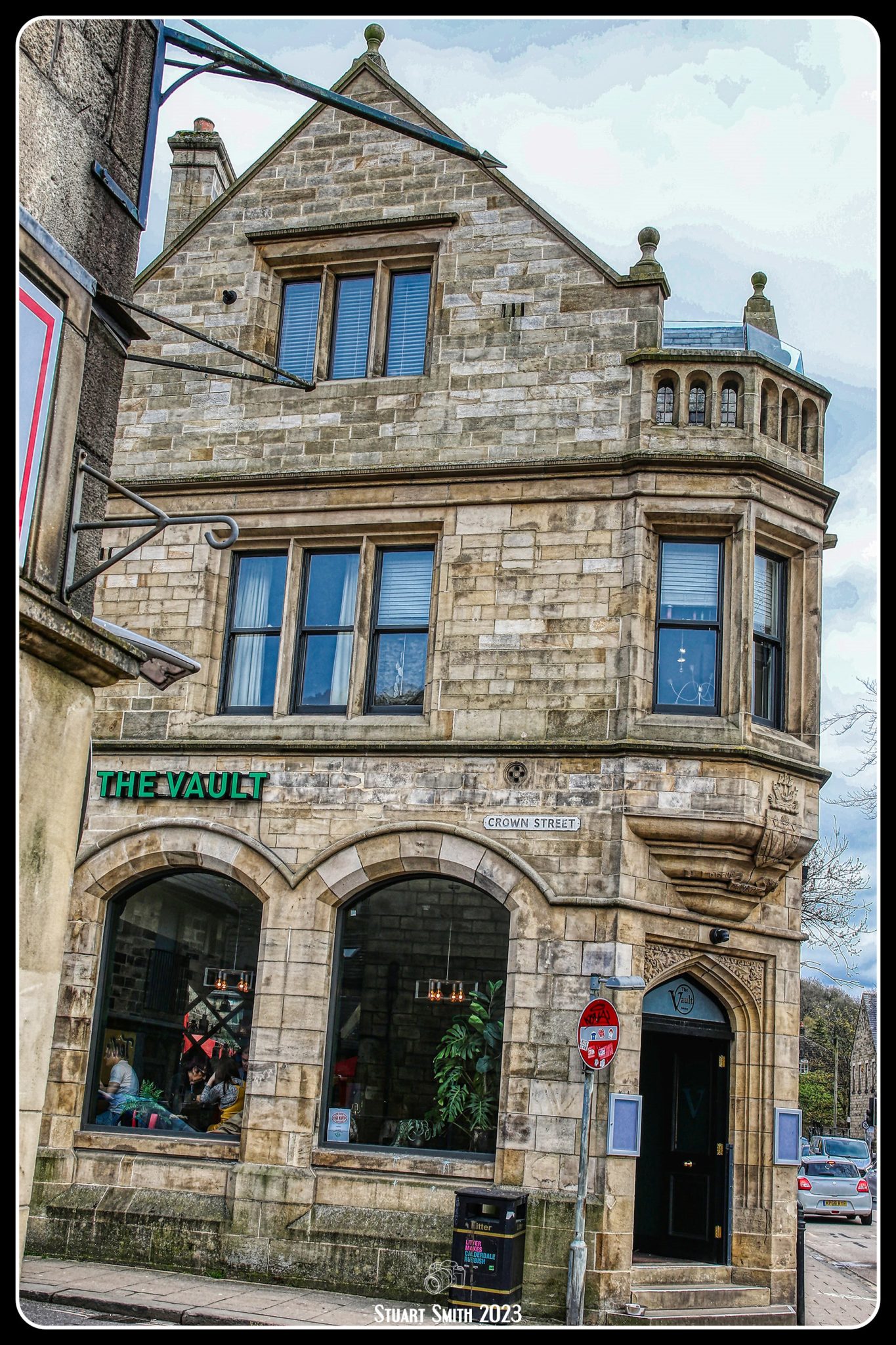
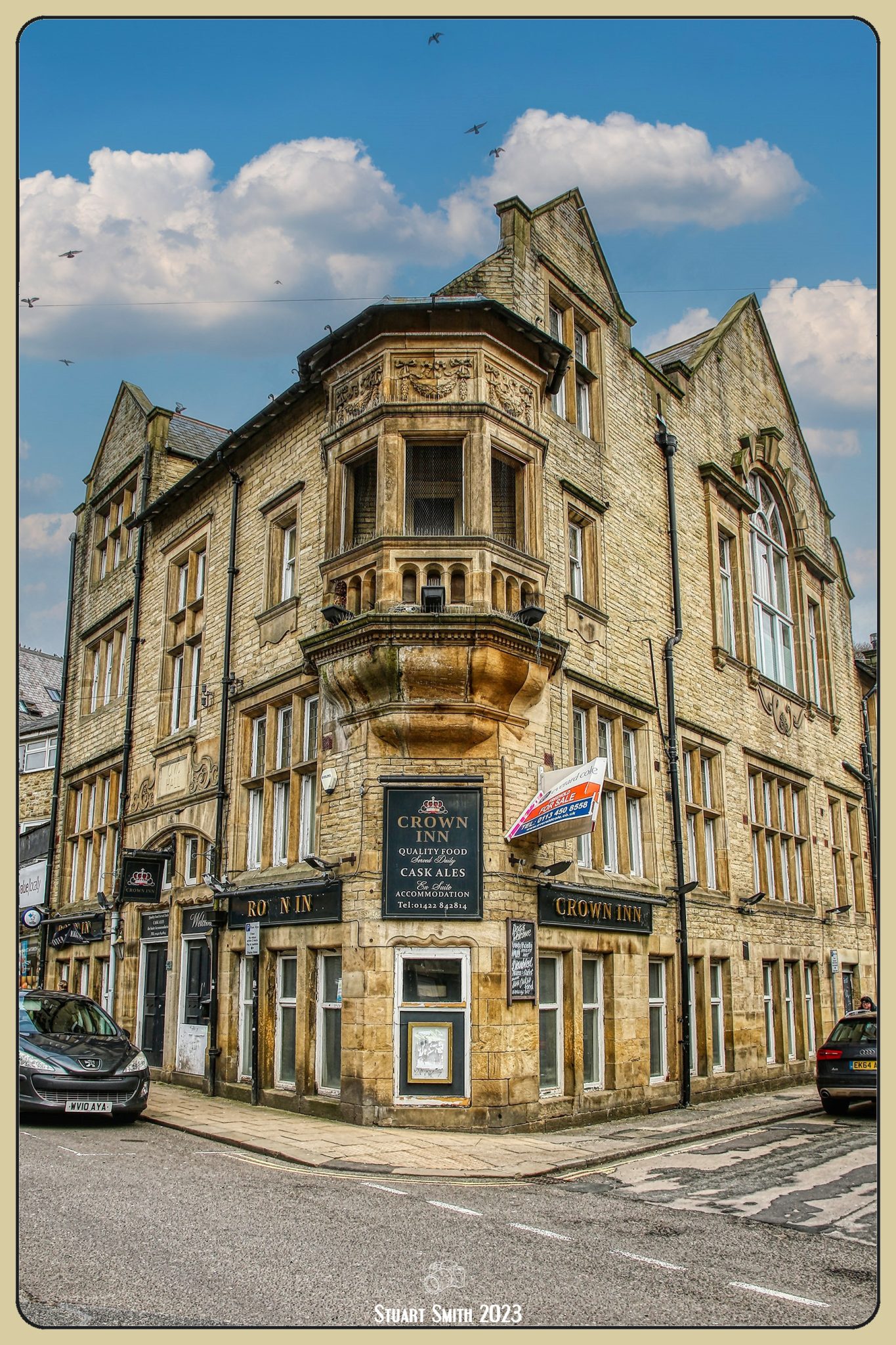

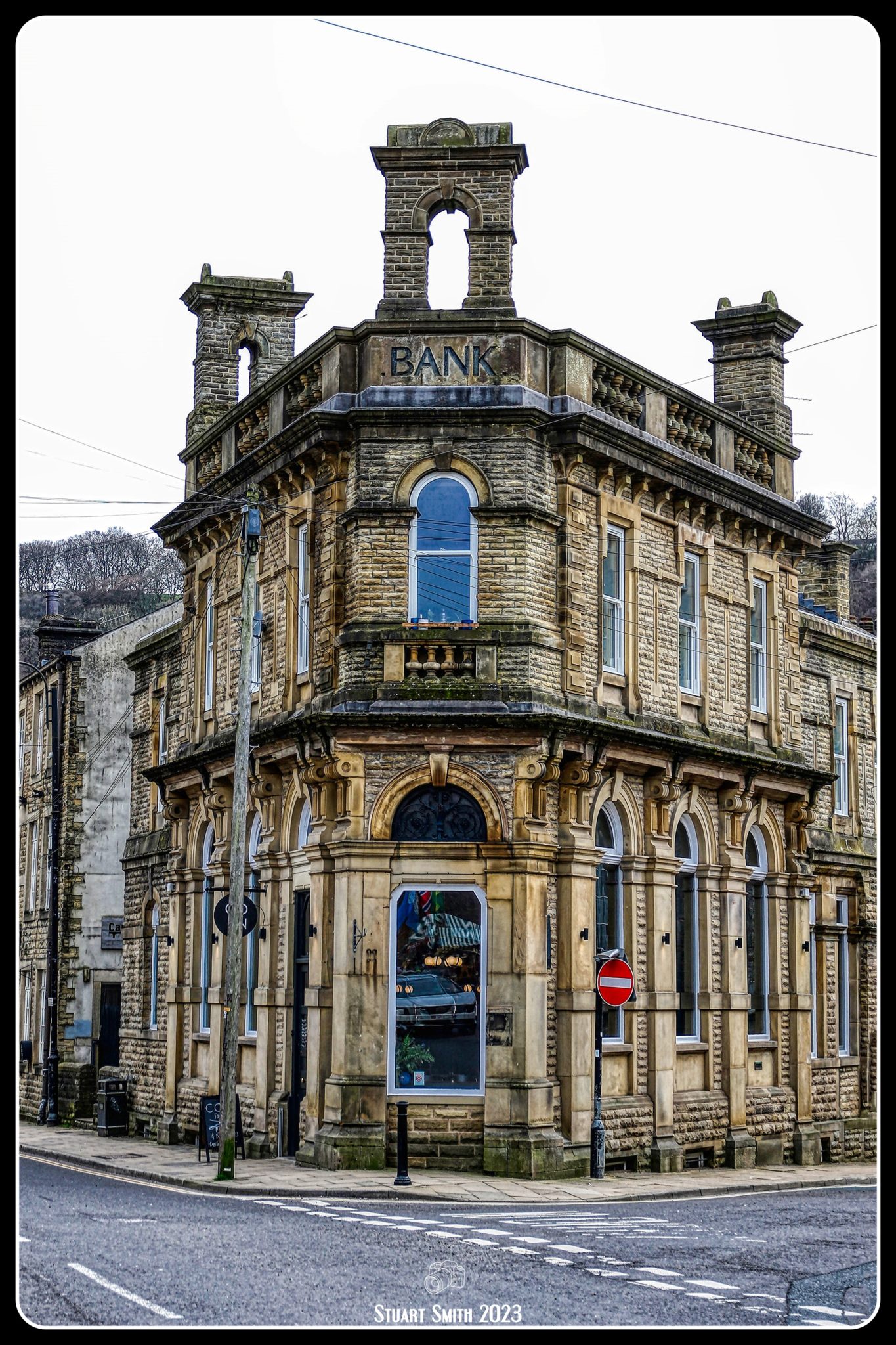



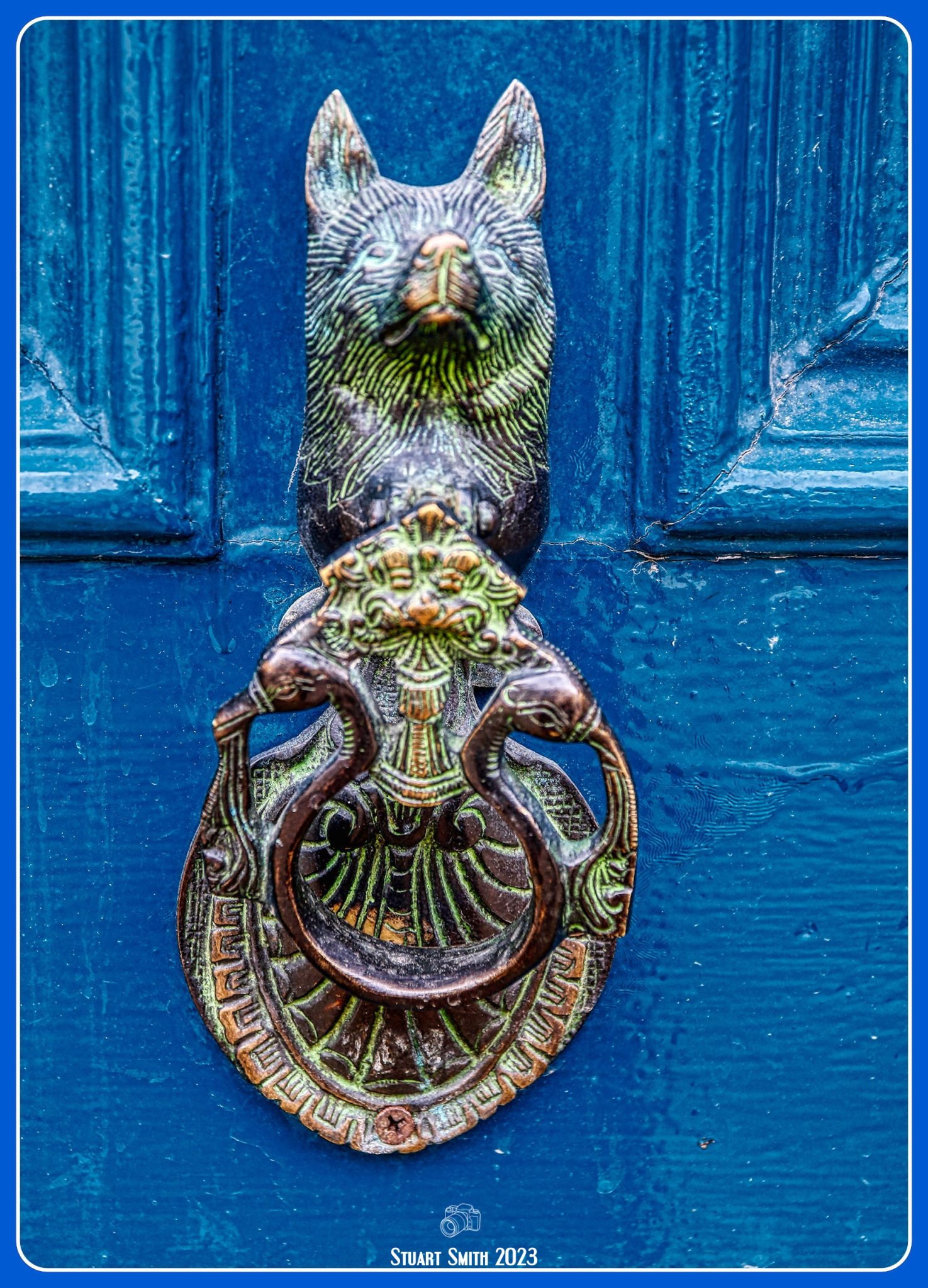

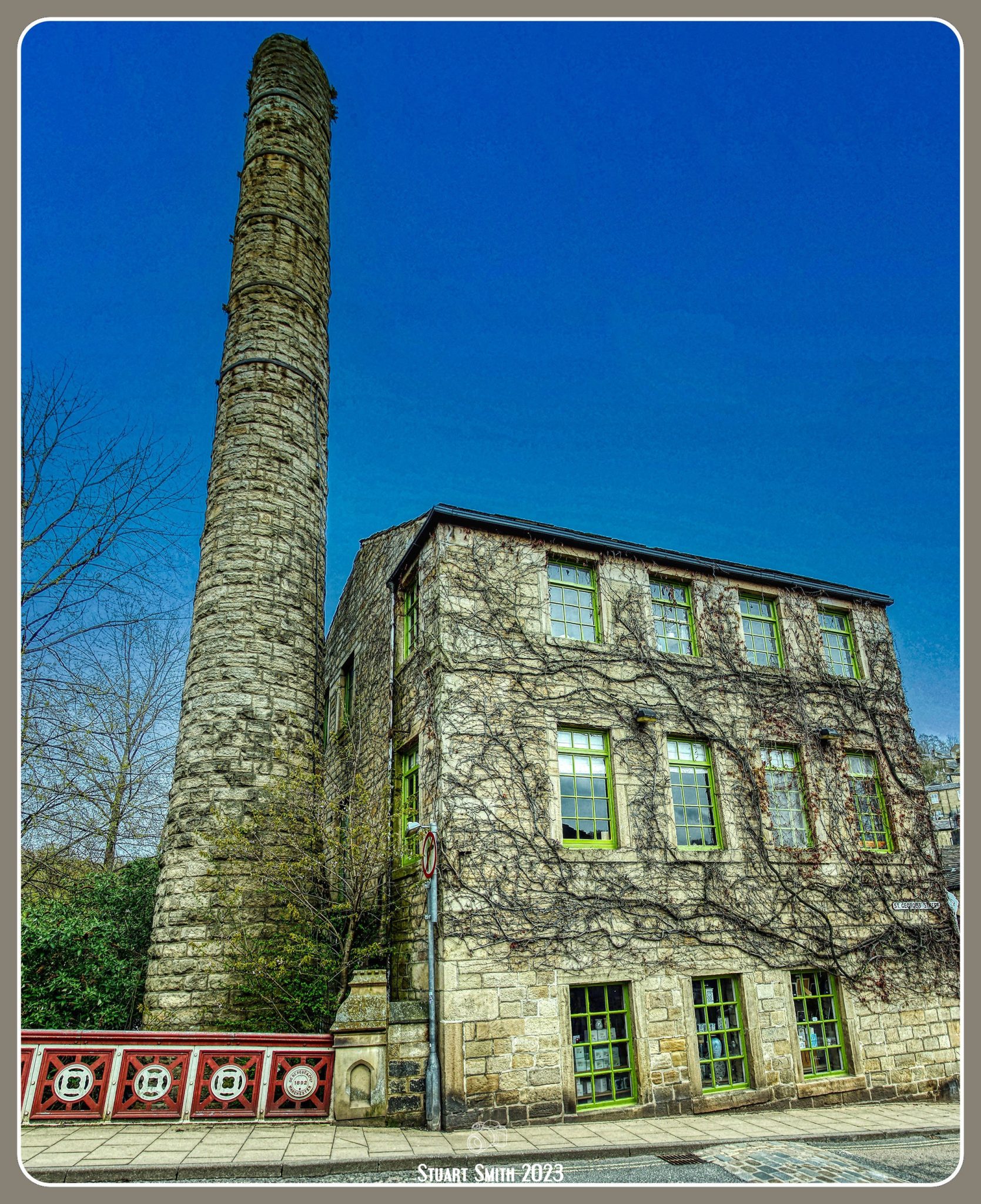



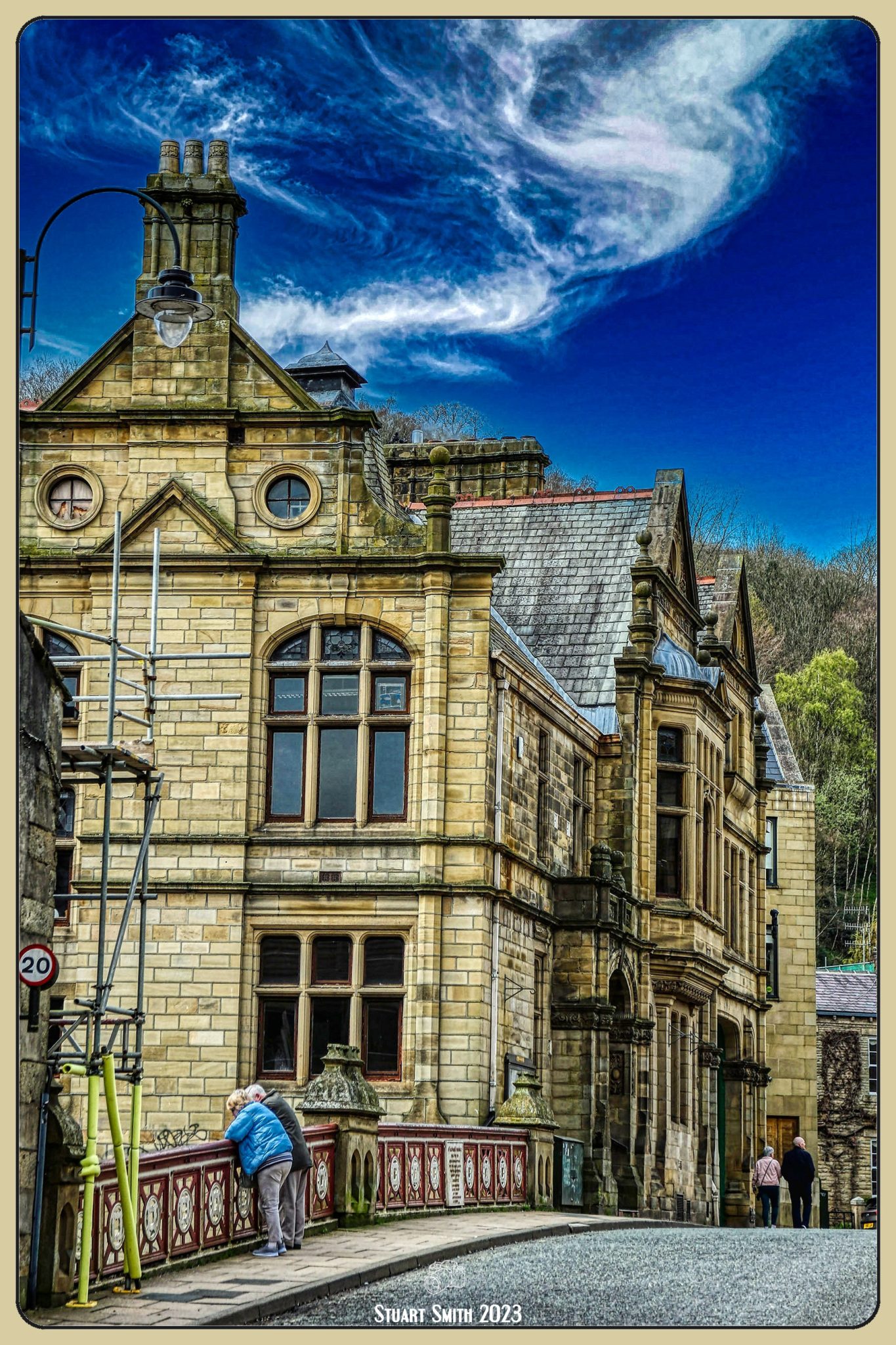


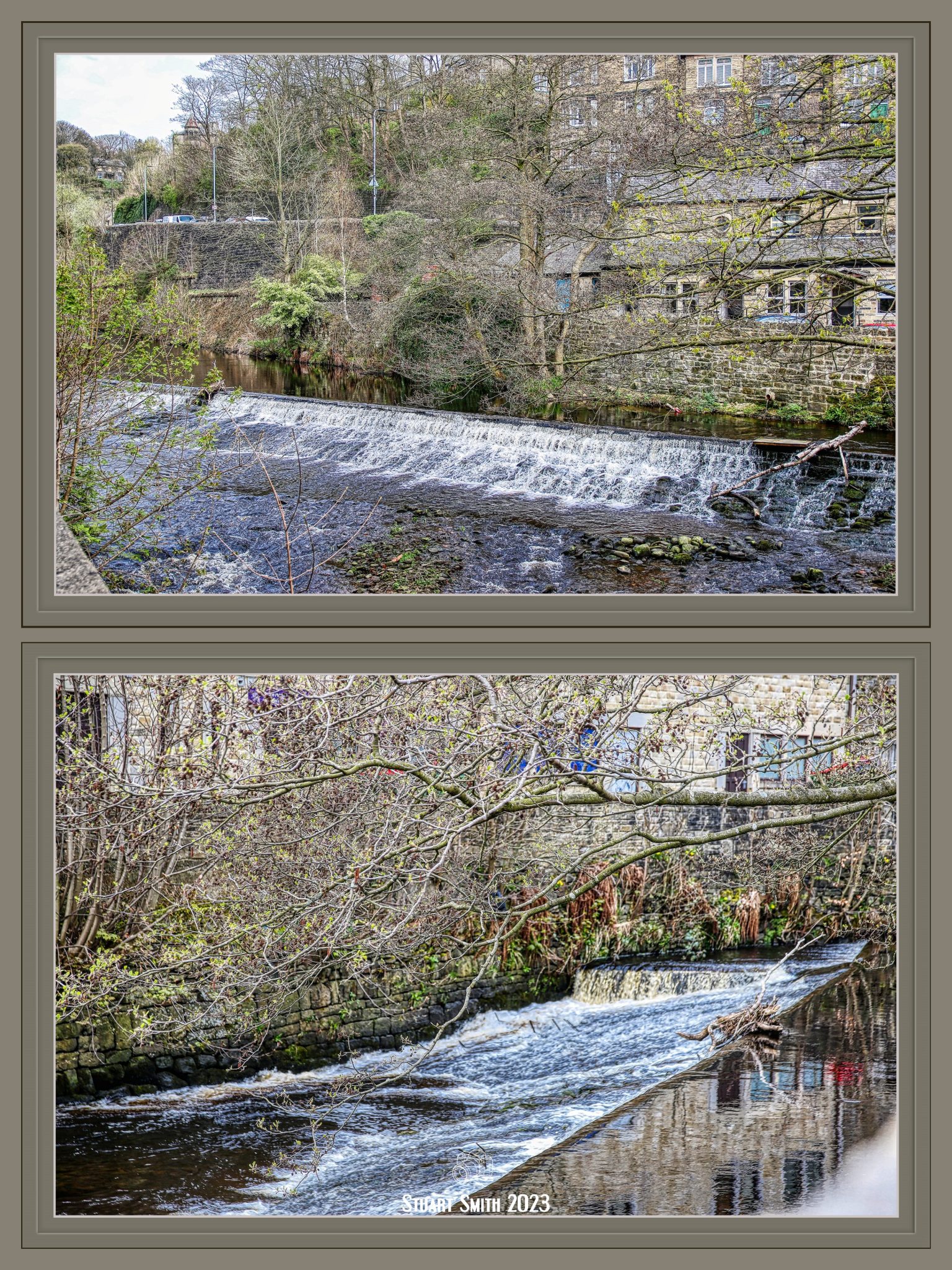
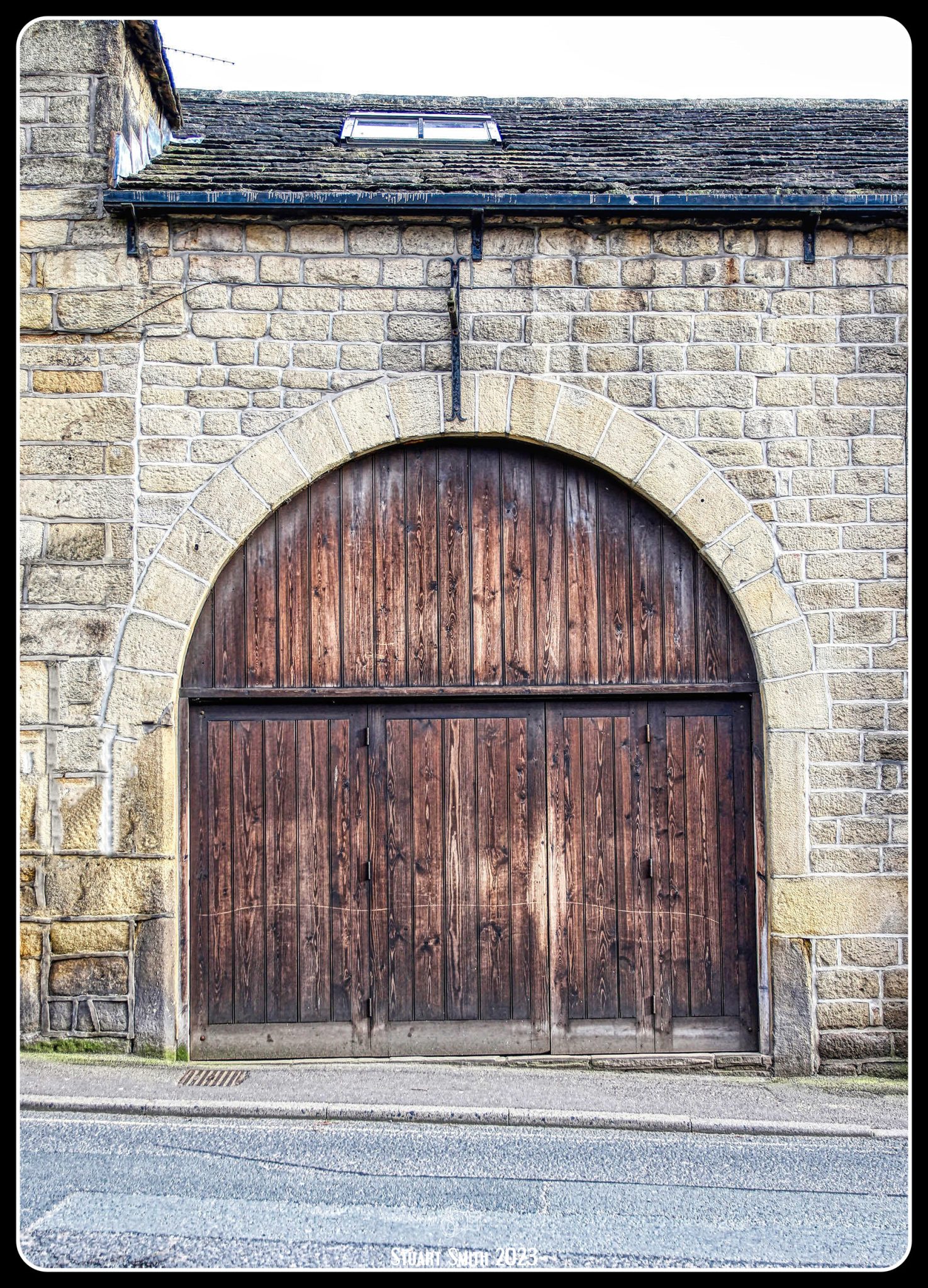

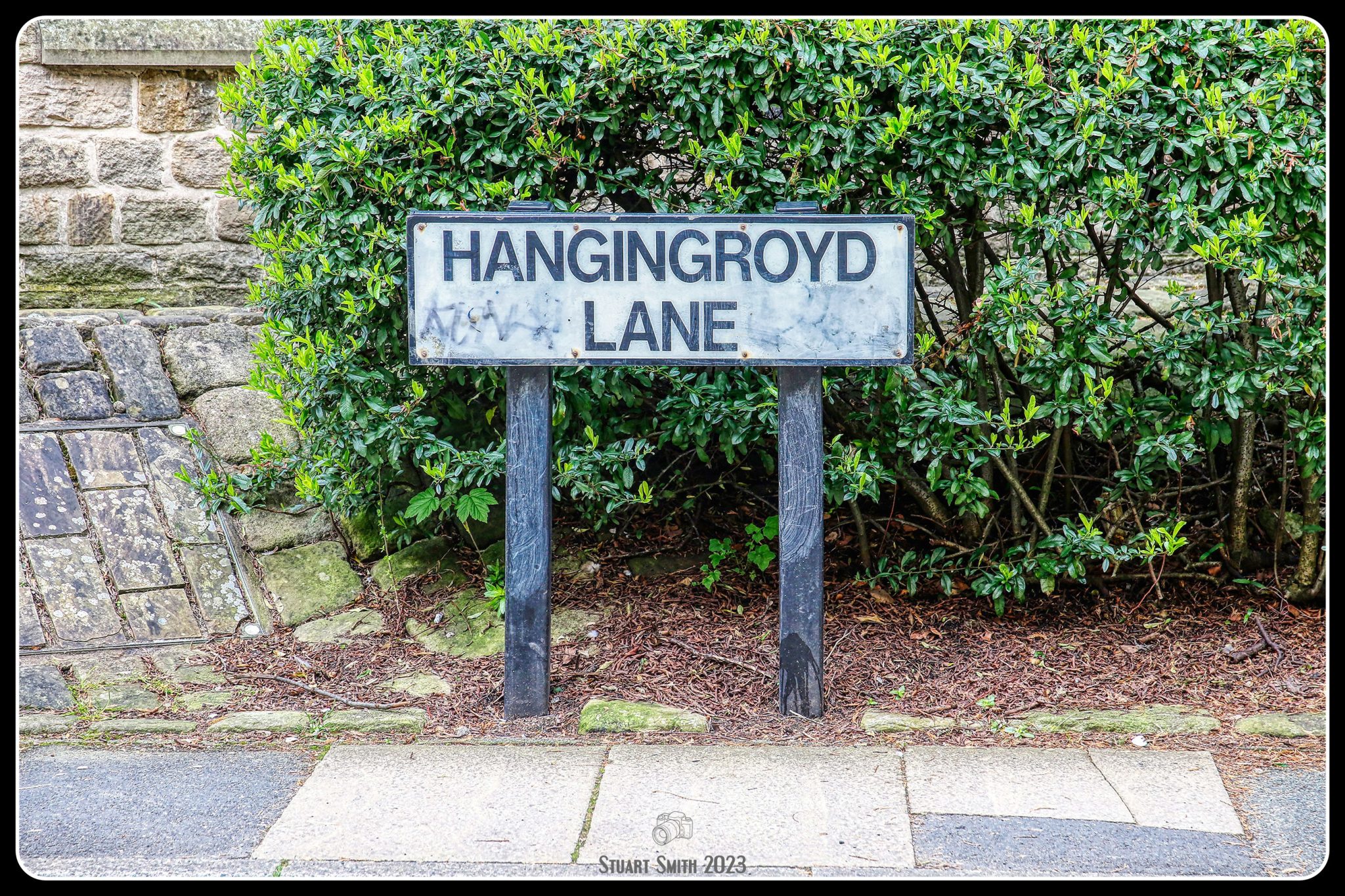
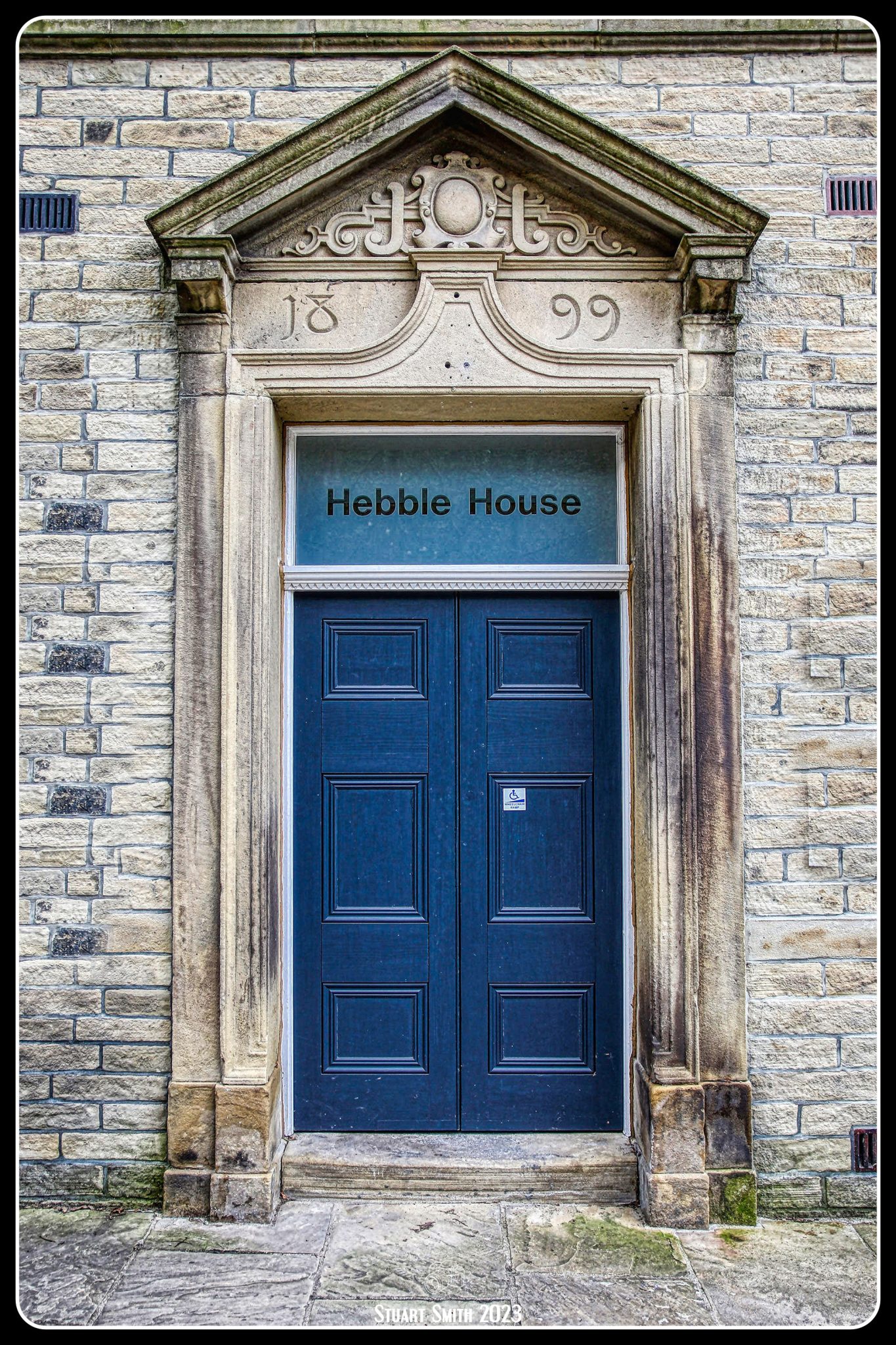









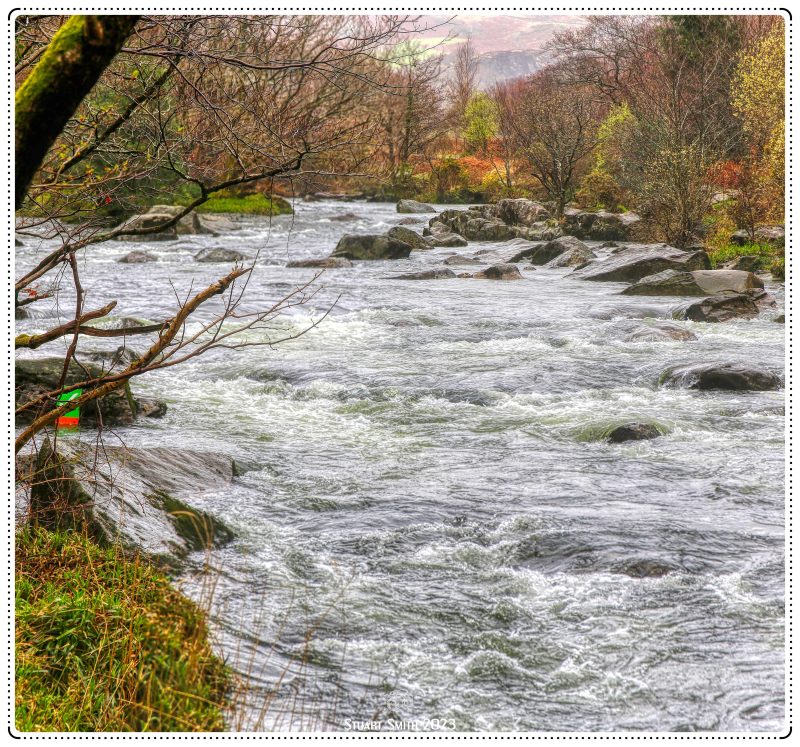













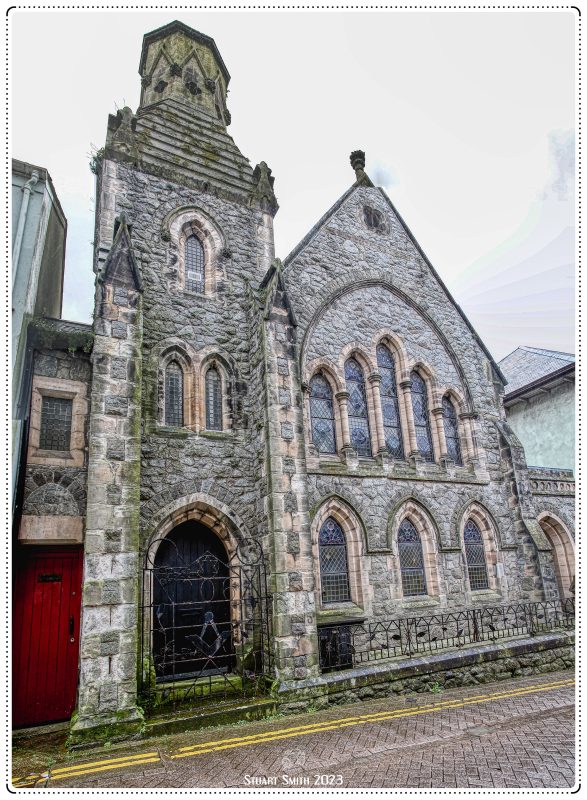


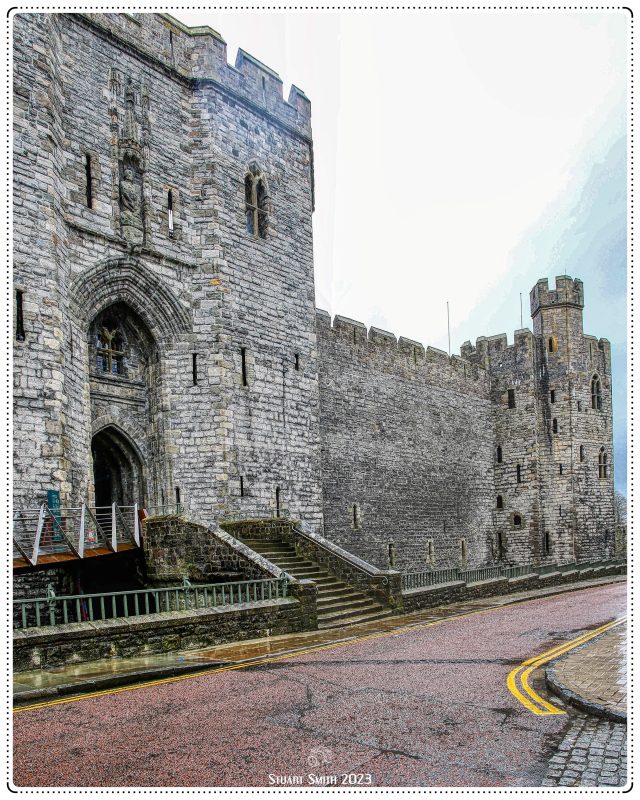





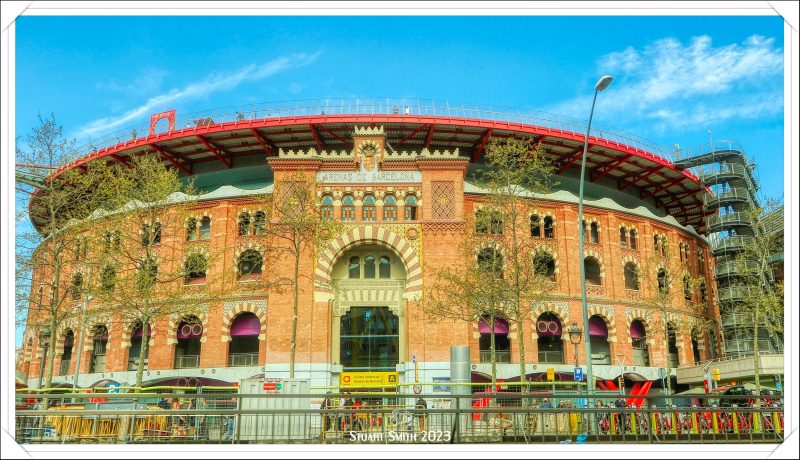
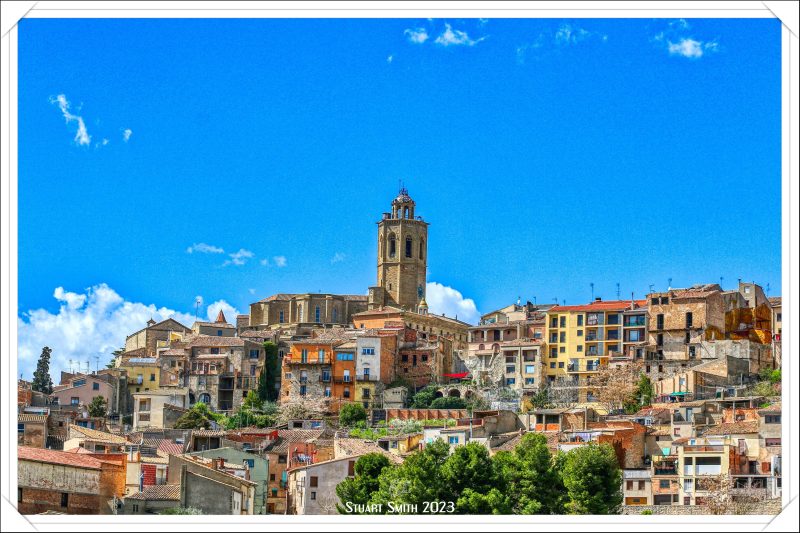
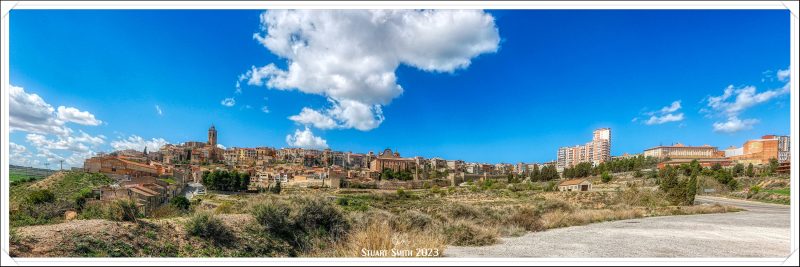
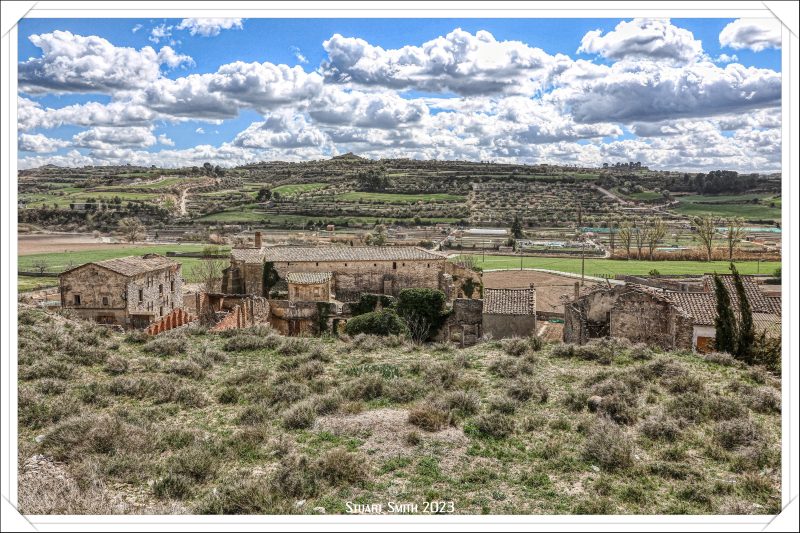

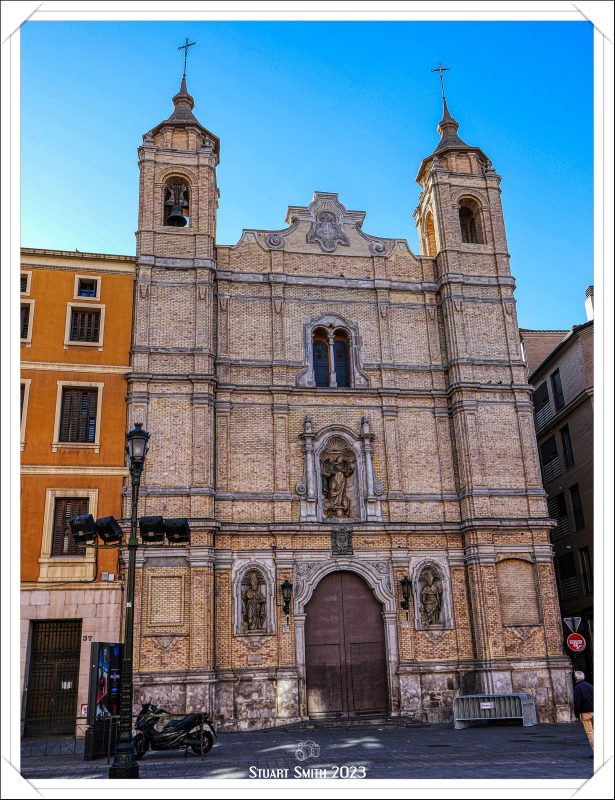 Iglesia de Santo Tomás de Aquino, Avenida de César Augusto, Zaragoza, Aragon, Spain
Iglesia de Santo Tomás de Aquino, Avenida de César Augusto, Zaragoza, Aragon, Spain







